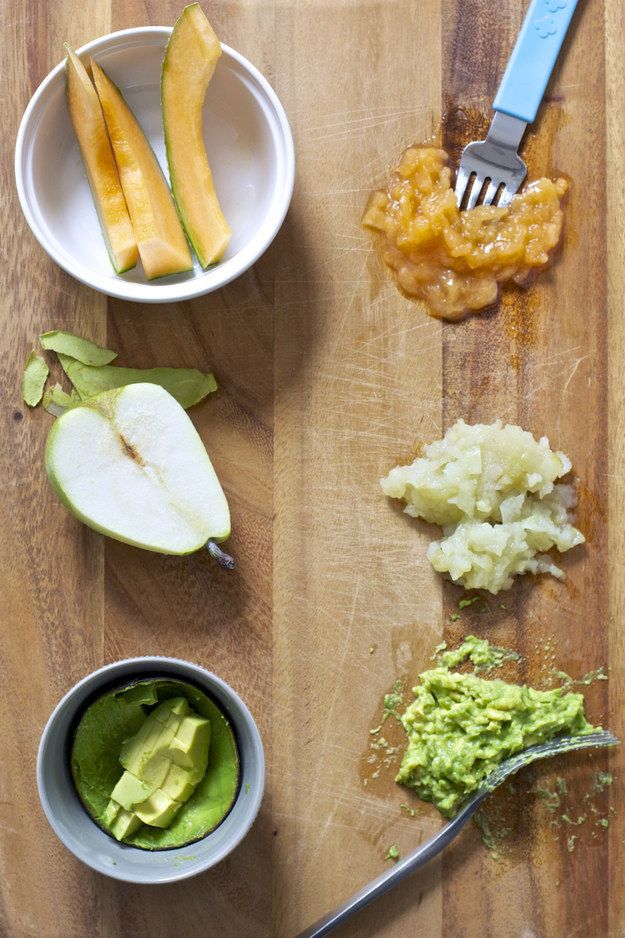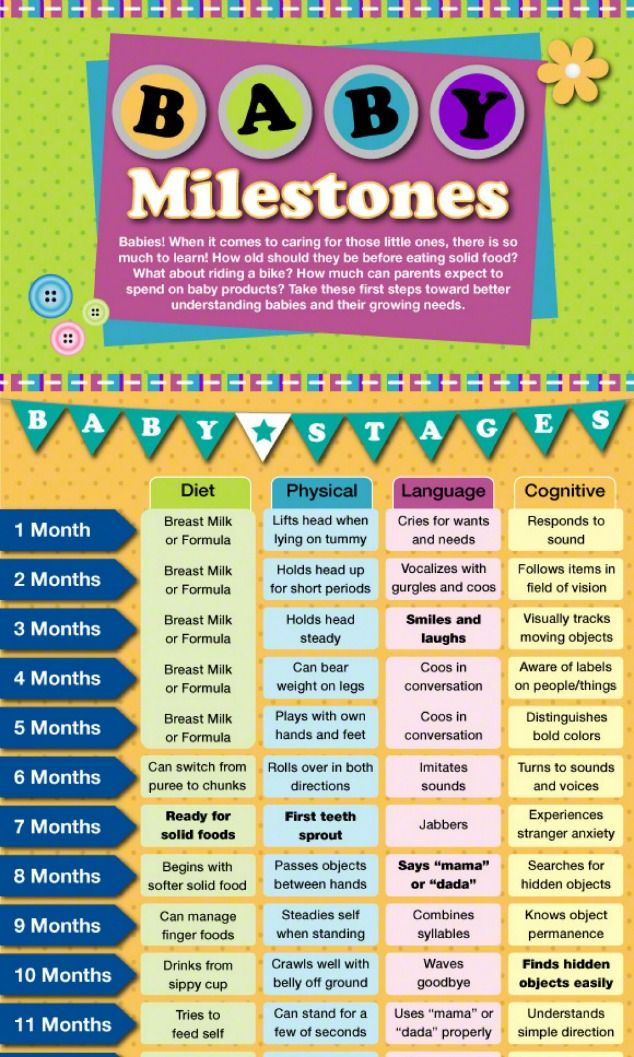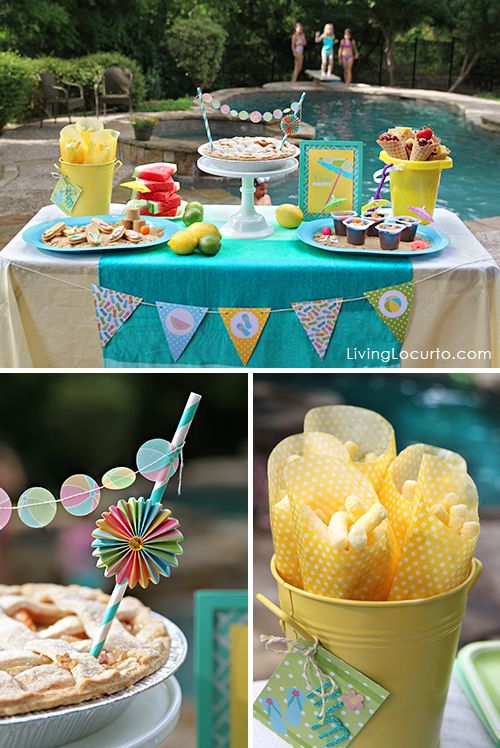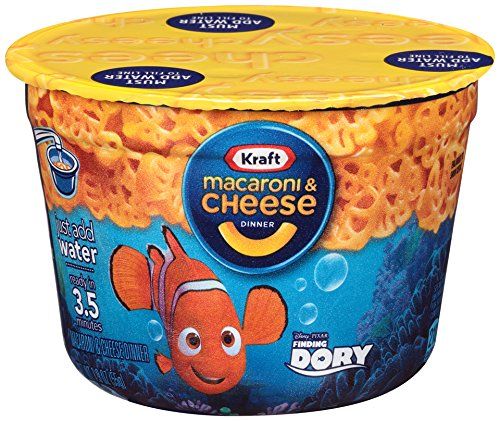Healthy baby food recipes indian
Baby food recipes - 6 to 18 months
By Swasthi on August 26, 2022, Comments, Jump to Recipe
Baby food recipes – A collection of homemade Indian baby food recipes for 6 10 18 months babies. If you are a new mum, you can check this Baby food chart for 6 months baby. If you have a baby older than 7 months then you can check this Indian baby food chart for 8 months & above. You can also take a look at the best foods to gain weight in babies & toddlers. This post contains a list of all Indian baby food recipes available on this blog.
I have also included a few sample baby food recipes in the recipe card. All the recipes are tried and tested and have been served for both my babies.
If your pediatrician has suggested you to start, then You can start with a single fruit, single veggie and then single grain. For more details please check this post on How to introduce solids to baby.
I highly recommend reading every line of the baby food posts on this blog as they can guide you extensively.
Baby food recipes – babies above 6 months
How to make baby rice cereal
Apple rice
Ragi porridge for babies
Apple Wheat porridge
Apple ragi (try ragi and apple separately first, then try together)
Khichdi for babies
Methi khichdi
Moong dal soup
Carrot almond baby food
Potato rice
Barley baby cereal
Sago carrot kheer for babies
Sabudana kheer for babies
Wheat cereal for babies
Soft idli recipe
Milk oats porridge
How to make ragi flour for babies
Oats porridge with vegetables (blend till smooth)
Sweet potato rice
Apple oats
Babies above 8 months
Sprouts soup
Urad dal khichdi
Raw banana rice
Ven pongal. please mash the rice well and remove the pepper corns. You can also puree it.
Curd rice. Puree if desired, skip tempering.
Curd oats
Moong dal halwa
Ragi idli
Baby food recipes for babies above 11 months
These need to be pureed before serving
Dalia khichdi
Oats vegetable khichdi
Sweet corn soup
Barley soup with vegetables
Chickpeas toddler food
Chickpeas soup (for babies above 15 months)
Badam milk. pls consult your doctor and use buffalo or goat milk, avoid cow’s milk.
pls consult your doctor and use buffalo or goat milk, avoid cow’s milk.
Set dosa
Banana milkshake
Lassi (avoid salt and sugar)
Neer dosa
Kambu dosa
Sample Indian baby food recipes
Prep Time10 minutes
Cook Time20 minutes
Total Time30 minutes
Servings2
AuthorSwasthi
Ingredients for 6 months baby food recipes 1 – Any one of the following (refer notes)
- ▢ ½ banana
- ▢ 1 sapota
- ▢ ½ papaya
- ▢ 2 tbsp cooked rice
Ingredients for 7 to 8 months baby food recipes 2 (refer notes)
- ▢ 2 tbsp rice or 2 tbsps ragi or wheat flour
- ▢ 200 ml water
- ▢ 1 small apple or banana
- ▢ 1/8 tsp ghee homemade (refer notes)
Ingredients for 8 months baby food recipes 3
- ▢ 1½ tbsp rice aged rice
- ▢ 1½ tbsp dal (toor or moong dal)
- ▢ 1½ tbsp carrots chopped
- ▢ 200 ml water
- ▢ 1/8 tsp ghee homemade
Ingredients for 8 months baby food recipes 4
- ▢ 2 tbsp rice
- ▢ 1 baby potato or 2 tbsp chopped
- ▢ 1 pinch carom seeds powder (ajwain powder)
- ▢ ¼ tsp ghee homemade
Making 6 months baby food recipes
- ▢
Make sure you follow the 3 day test rule for every food you introduce.
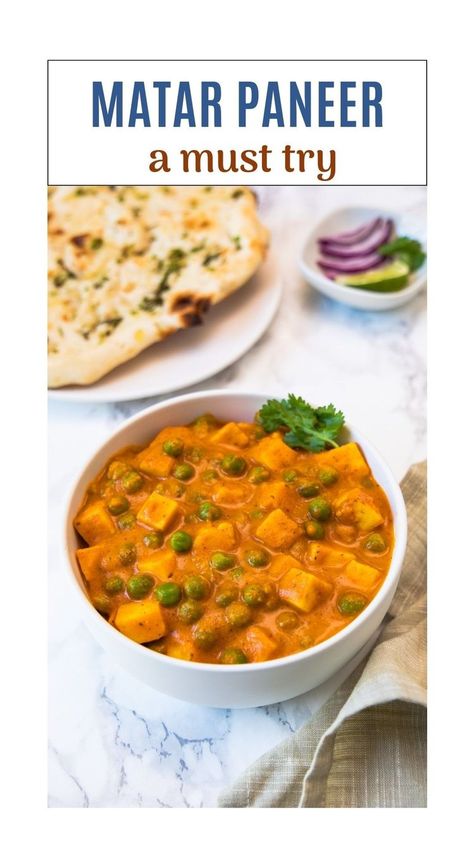 Wait for the results until 4th day.
Wait for the results until 4th day. - ▢
To make the baby food, Mash any one of the fruits – banana, papaya, sapota very well until smooth.
- ▢
If desired add it to a blender and puree until smooth. To thin down add a few spoons of boiled and cooled water. Fruit puree is ready.
- ▢
If using cooked rice, then puree together rice and any of the fruit – (banana, papaya, sapota or steamed apple) along with some boiled and cooled water. Fruit flavored rice is ready.
- ▢
You can also feed only steamed apple. Peel and chop the apples. Bring half cup water to a boil and add the apples to it.
- ▢
Cook until the apples are slightly tender just for a minute or 2. Cool and puree with rice or just the steamed apple. Apple puree is ready.
Making 7 months baby food recipes
- ▢
Wash rice and soak in water for at least 30 mins.
- ▢
Pressure cook on a medium flame for 2 to 3 whistles.
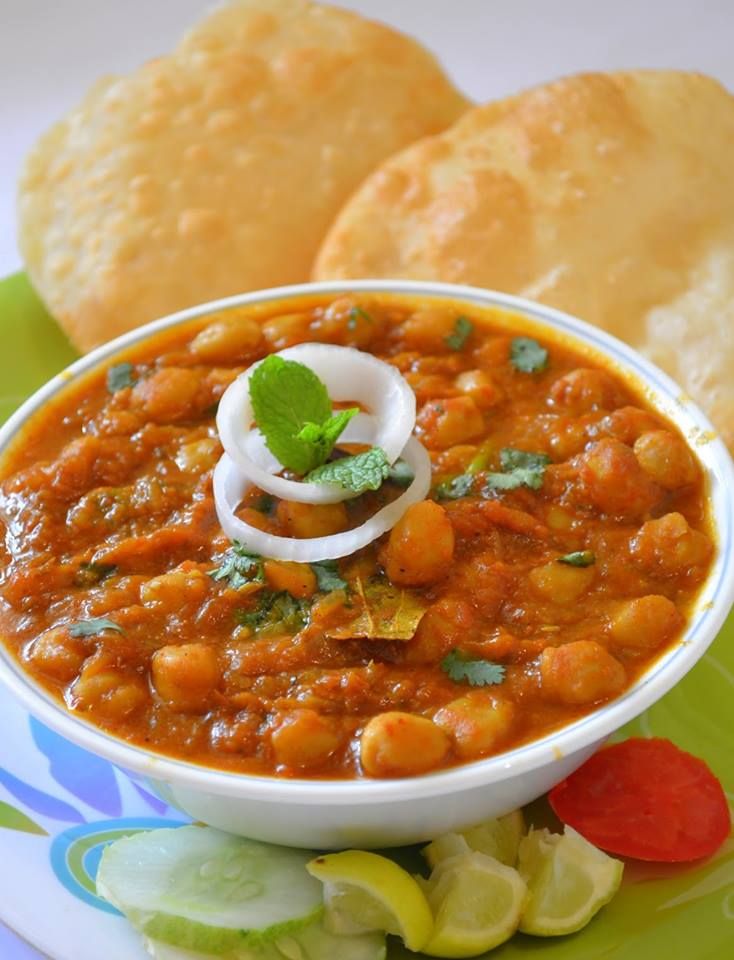 You can also cook in a pot until soft.
You can also cook in a pot until soft. - ▢
Apple flavored rice cereal : When the pressure goes down, open the lid and add grated apple. Cover and cook for 2 to 3 mins. Cool and make a smooth puree. If needed add some boiled and cooled water. Add few drops of hot ghee. Apple flavored rice is ready.
- ▢
Banana rice cereal : Cool the rice completely. Add banana and rice to a blender and make a fine puree. Pour few tbsps boiled and cooled water if desired.
Making 8 months baby food recipes
- ▢
Wash rice and dal in a cooker or pot a few times until the water runs clear. Add grated carrots and pour water.
- ▢
Pressure cook for 2 to 3 whistles on a medium heat. If cooking in a pot add more water as needed.
- ▢
When the pressure goes down, using a masher mash the food to smooth. This is the stage you must be teaching you baby to eat mashed foods. Reduce feeding pureed foods. Add ghee to hot food and serve warm.
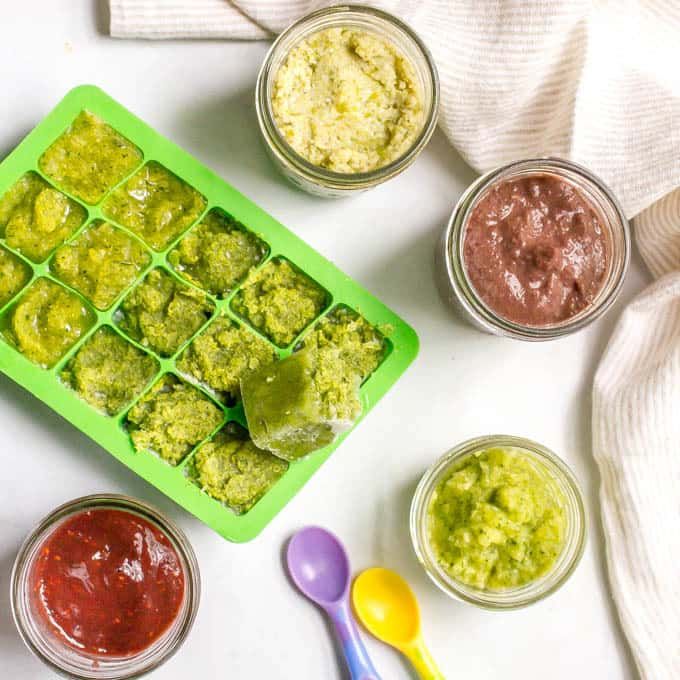 Rice dal baby food is ready.
Rice dal baby food is ready.
Making 8 months baby food recipes
- ▢
Soak rice until water runs clear. Soak for 30 mins and cook along with potato until soft for 3 whistles. Mash the rice well and add ghee. Feed warm. To prevent colic you can add a pinch of ajwain powder. Potato rice is ready.
The nutrition values are only for the banana flavored rice. These are approximations only.
Please follow 3 day wait rule for every food you introduce.
Alternative quantities provided in the recipe card are for 1x only, original recipe.
For best results follow my detailed step-by-step photo instructions and tips above the recipe card.
Nutrition Facts
Baby food recipes
Amount Per Serving
Calories 45
% Daily Value*
Potassium 105mg3%
Carbohydrates 10g3%
Sugar 3g3%
Vitamin C 2.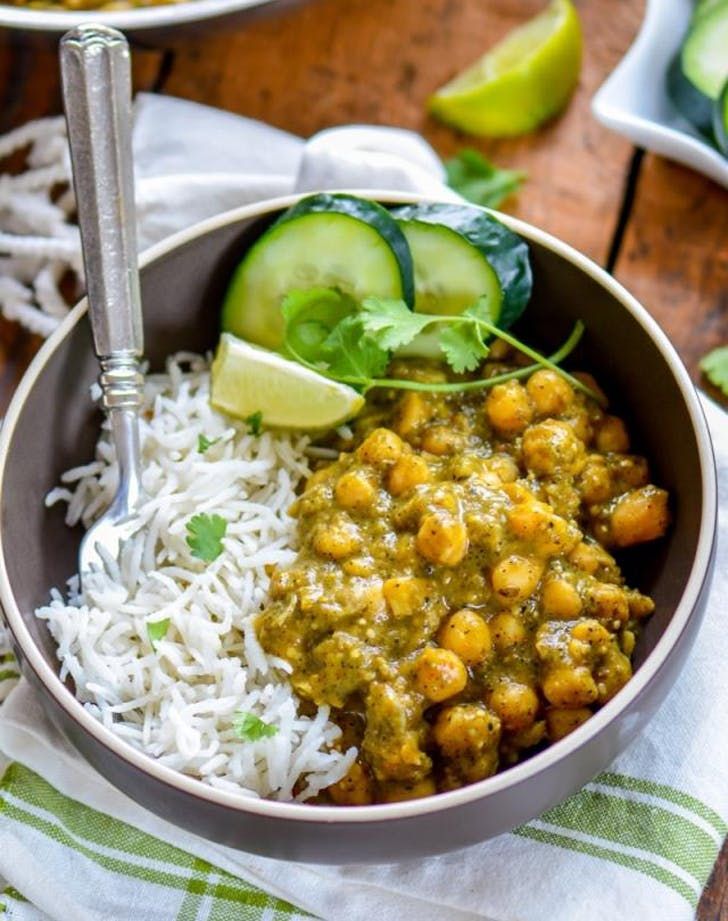 6mg3%
6mg3%
* Percent Daily Values are based on a 2000 calorie diet.
Tried this recipe?Mention @SwasthisRecipes or tag #swasthisrecipes!
© Swasthi’s Recipes
step by step
About Swasthi
I’m Swasthi Shreekanth, the recipe developer, food photographer & food writer behind Swasthi’s Recipes. My aim is to help you cook great Indian food with my time-tested recipes. After 2 decades of experience in practical Indian cooking I started this blog to help people cook better & more often at home. Whether you are a novice or an experienced cook I am sure Swasthi’s Recipes will assist you to enhance your cooking skills.
Follow Swasthi’s Recipes
Sign up to receive awesome Swasthi’s Recipes in your inbox *
Popular Recipes
Featured Recipes
Top 20 Indian Baby Food Recipes
Healthy foods babies can consume to support their nutritional needs.
Image: Shutterstock
After weaning, a baby’s first food should include a blend of flavors and textures to excite their taste buds. We bring you some delicious Indian food ideas for babies that include a diverse range of nutrients to choose from. You can divide your baby’s meal into different foods like solids, purees, and finger food-like items.
It will help you familiarize your baby with various foods and prevent them from being fussy later. But feeding babies is not an easy task for most parents. So if you are looking for ways to include vegetables, fruits, and other nutritious elements in their meals while satisfying their taste buds, scroll through.
Top 20 Indian Baby Food Recipes
Here is our list of 20 Indian baby food ideas that will be perfect for your little one.
1. Mango idli:
Image: Shutterstock
You Will Need:
- 1 cup of mango pulp
- 1 cup of plain yogurt
- 1 cup of grated coconut
- 1 cup of Semolina
- 1 cup of sugar
- 1 Tbsp ghee (clarified butter)
- A pinch of cardamom powder
How To:
- Heat the ghee (clarified butter) in a pan and dry roast the semolina until it turns golden brown.
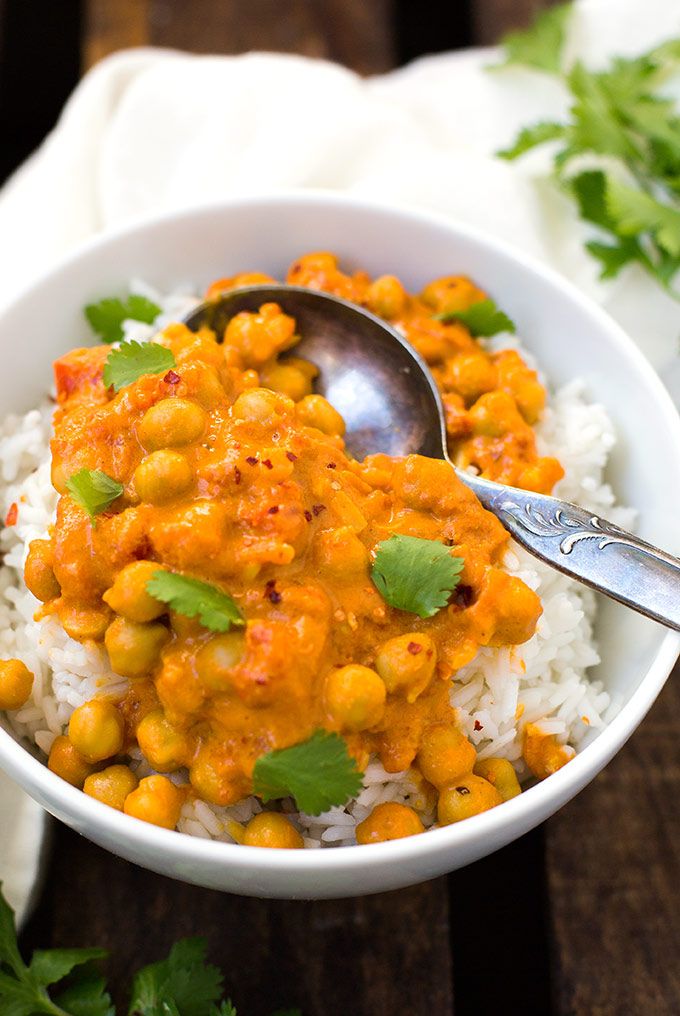 Remove it from the heat and keep it aside.
Remove it from the heat and keep it aside.
- Take all the remaining ingredients except cashew nuts and grind to make a fine paste. Add the paste to the roasted semolina and mix well.
- Add a pinch of cardamom powder. Grease an idli pan using ghee (clarified butter). Pour the mix into it and cook for about 20 minutes. Garnish with the cashews before serving. You may serve this to toddlers as babies might not be able to chew it.
2. Ragi halwa:
You Will Need:
- 1 cup of ragi
- ¾ cup of jaggery
- 1/4 cup of pure ghee (clarified butter)
- 1 Tbsp of cardamom powder
- 1 cup of coconut milk
- Water
How To:
- Soak the ragi overnight in water.
- Wash the ragi properly and drain the water. Grind it along with one cup of water so that you get a smooth paste.
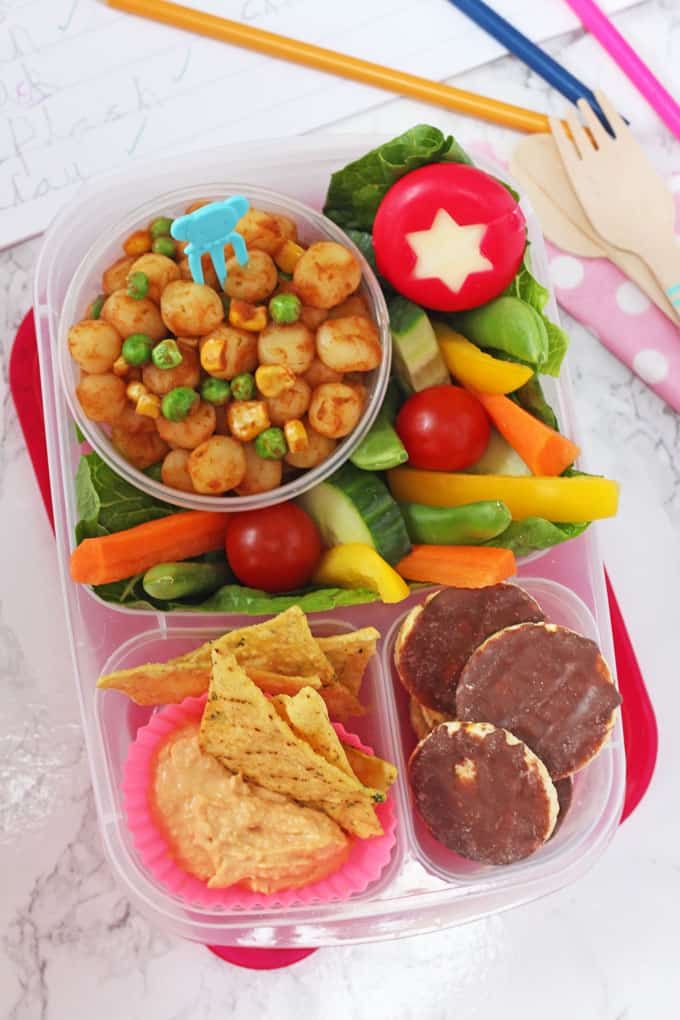
- Use a muslin cloth to sieve the paste. It will help you remove any coarse pieces and use the fine ragi milk to make easy to digest baby food.
- In a pan, add the ragi milk, coconut milk, jaggery, ghee (clarified butter) and cardamom powder. Let the mixture come to a boil and keep stirring continuously. Cook until the mix thickens.
- Remove it from the heat. Garnish with the cashew nuts before serving.
3. Oats pancake:
Image: Shutterstock
You Will Need:
- 2 Tbsp oats powder
- 1 Tbsp besan (gram flour)
- ½ grated carrot
- ½ finely chopped onion
- ½ Tbsp of turmeric powder
- Salt and black pepper powder as per taste
- ½ Tbsp of coriander powder
- Water
- Ghee (clarified butter)
How To:
- Mix the onions and the carrots in a bowl.
 Add the oats powder, besan, and the remaining spices.
Add the oats powder, besan, and the remaining spices.
- Add water to make a smooth paste. Keep it aside for ten minutes.
- Melt ghee (clarified butter) in a pan. Pour a ladleful of the mix into the pan.
- Slowly spread it out to make a pancake.
- Cook until both the sides turn golden brown.
Don’t forget to try this tastiest Indian recipe for your toddler.
4. Sweet potato dosa:
Image: Shutterstock
You Will Need:
- 75g sweet potato
- 1 cup of dosa mix
- 1 Tbsp of ghee (clarified butter)
- Salt as per taste
For the seasoning:
- Chopped onions
- Freshly chopped coriander
- Grated carrots
For a sweet version:
- 1 Tbsp jaggery
How To:
- Wash the sweet potatoes and peel the skin.
 Chop them up into small pieces and grind them using a little water and salt.
Chop them up into small pieces and grind them using a little water and salt.
- Add the sweet potato to the dosa mix. If you are making the sweet version, add the jaggery to the mix. Stir well and keep it aside for some time.
- Heat the dosa pan and grease it with ghee (clarified butter). Pour the mix into the pan and spread it slowly to make a pancake. Add the vegetables on top. Cook until both the sides turn golden brown. You may serve this to your toddler if they can easily chew on solids.
5. Elaichi wheat porridge:
Image: Shutterstock
You Will Need:
- 40g wheat dalia
- 20g roasted gram
- 3 pods of elaichi (cardamom)
- Water
- 1 Tbsp of Ghee (clarified butter)
- 1 Tbsp of Jaggery
How To:
- Dry roast all the ingredients separately in a pan. Grind them together to make a fine powder.

- Add four spoonfuls of the porridge powder in a bowl.
- Add 100 ml of hot water and mix to make a thick paste.
- Add ghee (clarified butter) and stir well.
- Let the porridge cool to room temperature before feeding your baby.
This recipe is suitable for your little one who is 12 months old.
6. Beetroot and potato puree recipe:
Image: Shutterstock
You Will Need:
- Half peeled and cubed potato
- Half peeled and cubed beetroot
How To:
- Place the vegetables in a bowl and put it inside a pressure cooker that contains water. Cook it for two to three whistles. Remove from the heat and keep it aside.
- Once the steam releases, you can blend the vegetables in a food processor. Serve the vegetable puree to your baby.
7. Methi dosa:
Image: Shutterstock
You Will Need:
- 1 bowl of raw rice
- 1 Tbsp of methi (fenugreek seeds)
- ¼ bowl of poha (flattened rice)
- 1 Tbsp of jaggery
- A pinch of turmeric powder
- Salt as per taste
- 1 Tbsp of Butter
How To:
- Soak the rice, methi seeds, and the poha overnight in lukewarm water in separate bowls.
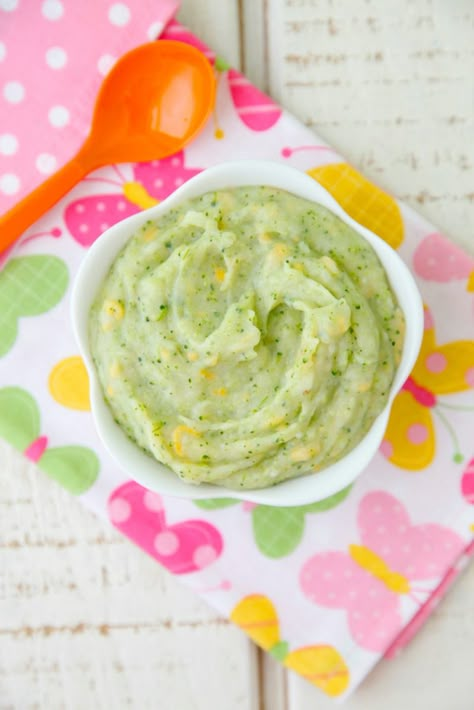
- In the morning, grind all the soaked ingredients along with the jaggery to make a smooth paste.
- Add turmeric powder and salt to the mix. Stir well.
- Heat the dosa pan and add butter to grease it. Pour the mix into the pan and make a pancake. Cook until both sides of the dosa turn golden brown.
8. Sweet corn paratha:
You Will Need:
- 1 cup of wheat flour
- ½ cup of sweet corn
- ½ cup of yogurt
- 1 Tbsp of ginger paste
- Freshly chopped coriander leaves
- ¼ cup of chopped spring onions
- A pinch of turmeric powder
- 1 cube grated cheese
- Salt as per taste
- 1 Tbsp of ghee (clarified butter)
How To:
- Microwave the corn and grind it in a blender. Add all the remaining ingredients to make a soft dough.
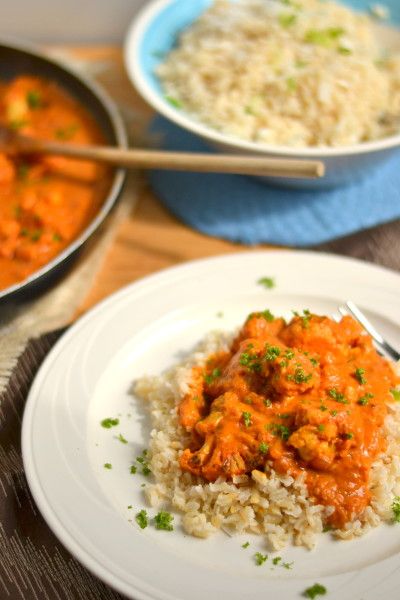
- Use your hands to make small balls from the dough. Roll out the dough balls to make round parathas.
- Heat the pan and add a little ghee (clarified butter) to grease it. Cook the paratha on both sides until it turns golden.
9. Vegetable pulao:
Image: Shutterstock
You Will Need:
- 1 cup of rice
- Chopped vegetables of your choice
- ¼ Tbsp of ghee (clarified butter)
- A pinch of cumin seeds
- A pinch of turmeric powder
- A pinch of cumin powder
- A small bay leaf
- Freshly chopped coriander leaves
- Salt as per taste
How To:
- Wash the rice and soak it in water for half an hour.
- In a pressure cooker, heat the ghee (clarified butter) and add the cumin seeds. Once the seeds start to crackle, add the bay leaf.
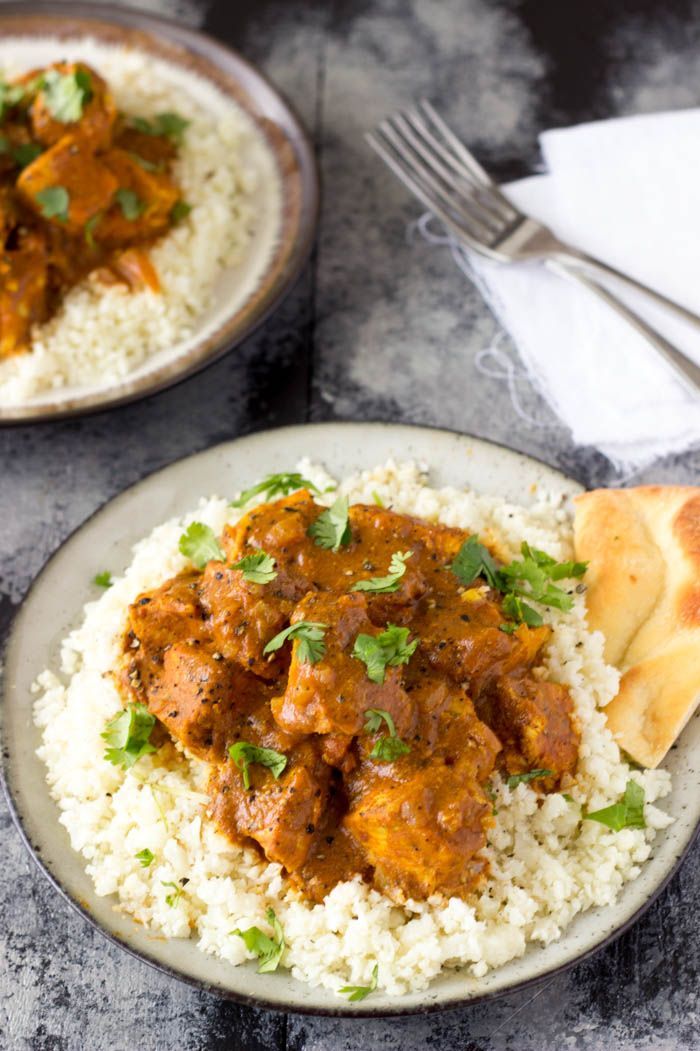 Now add the vegetables and cook them for a while.
Now add the vegetables and cook them for a while.
- Add turmeric and cumin powder. Add the soaked rice and mix it well with the vegetables. Add salt as per taste.
- Add water and cook on a medium flame for one whistle. You will have the tasty baby food recipes Indian variety.
10. Masala poha:
You Will Need:
- 1 cup of poha (flattened rice)
- 2 Tbsp of roasted ground nuts
- 1 chopped onion
- Salt as per taste
- 1 Tbsp of Oil
For Tempering:
- ¼ Tbsp of mustard seeds
- 4 curry leaves
- 1/4Tbsp of cumin seeds
- A pinch of turmeric powder
How To:
- Soak the poha (Flattened rice) in lukewarm water for five minutes. Squeeze out the water and keep the poha (Flattened rice) aside.
- Heat the oil in a pan and add the mustard seeds.
 Once it starts to splutter, add the cumin seeds and the curry leaves. Add the onion and sauté for a minute. Add the turmeric powder, salt, and the ground nuts. Cook for a minute.
Once it starts to splutter, add the cumin seeds and the curry leaves. Add the onion and sauté for a minute. Add the turmeric powder, salt, and the ground nuts. Cook for a minute.
- Add the poha (Flattened rice) and stir well. Cook for a few minutes and serve.
11. Idli upma:
You Will Need:
- 2 homemade idlis
- ¼ Tbsp of turmeric powder
- 1 Tbsp of ginger-garlic paste
- Salt and sugar as per taste
- 1 Tbsp of Oil
For Tempering:
- ¼ Tbsp of mustard seeds
- ¼ Tbsp of urad dal
- 4 curry leaves
How To:
- Mash the idlis and keep them aside. Heat oil in a pan and add the mustard seeds. Once the seeds start to splutter, add the urad dal and the curry leaves. Sauté until they turn golden brown.
- Add the ginger-garlic paste, turmeric powder, salt, and sugar.
 Sauté for a minute.
Sauté for a minute.
- Add the mashed idlis and mix well. Cook for a minute and serve.
12. Paneer bhurji sandwich:
Image: Shutterstock
You Will Need:
- 2 slices of brown bread
- 100 g fresh paneer (Cottage Cheese)
- 1 chopped onion
- ½ cup of finely chopped tomato
- Finely chopped fresh coriander leaves
- ½ Tbsp of ghee (clarified butter)
- A pinch of turmeric powder
- A pinch of salt
- 1 Tbsp of butter
How To:
- Grate the paneer (Cottage Cheese) and keep it aside. Heat the ghee (clarified butter) in a pan and add the onions. Sauté until it turns transparent. Add the tomatoes and cook a little. Now, add the turmeric powder, salt and paneer (Cottage Cheese).
- Mix well and add the coriander leaves. Cook for a minute and remove from heat.
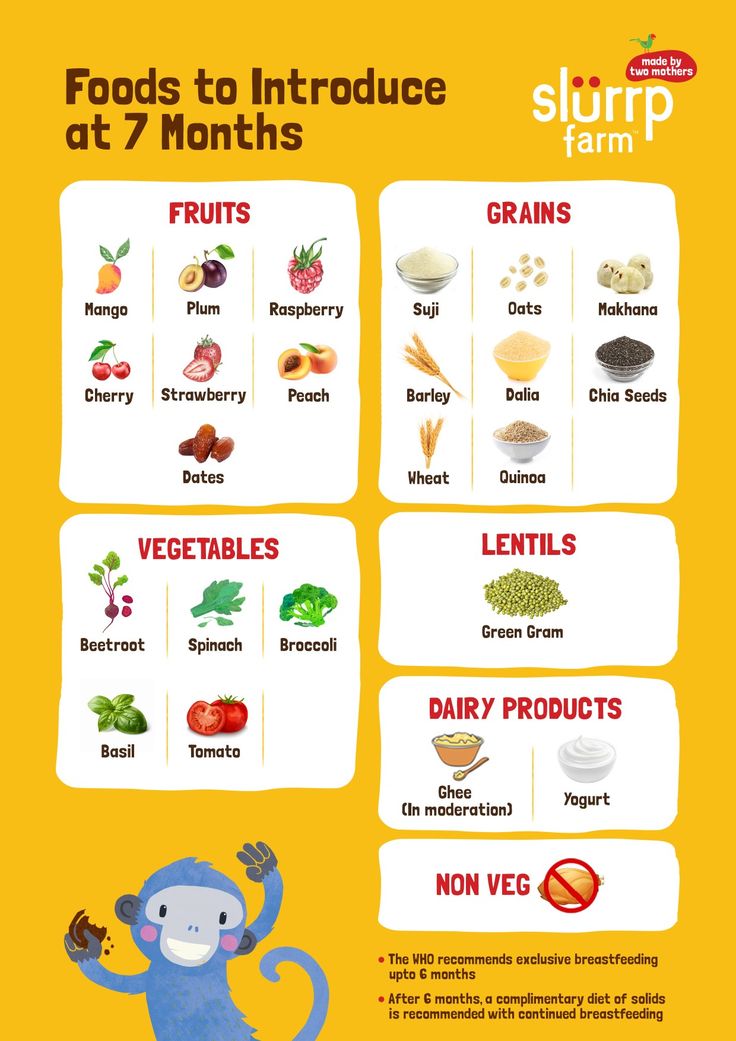
- Cut the bread slices and butter them slightly.
- Spread the paneer (Cottage Cheese) bhurji over one slice and cover it with the other slice. Cut the sandwich into small bite-sized pieces for your baby to eat.
13. Apple khichdi:
Image: Shutterstock
You Will Need:
- 100g rice
- 30g moong dal
- 1 apple
- ¼ Tbsp of cinnamon powder
- Salt as per taste
How To:
- Steam the apple in a pressure cooker for about four to five whistles. Once the steam releases, remove the apple and puree it in the food processor.
- Soak the rice and dal together for about 20 minutes.
- Add water in a pressure cooker and add the rice and dal. Cook for five whistles. Once the steam releases, add the apple puree, salt and cinnamon powder to the cooked rice and dal mix.
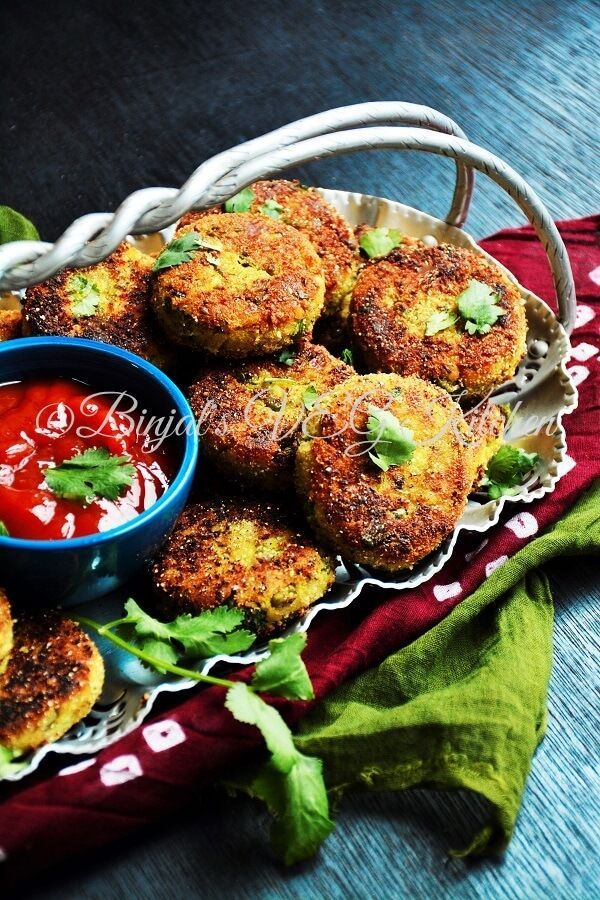
14. Milk rice:
Image: Shutterstock
You Will Need:
- ½ cup of rice
- 4 cups milk
- ½ Tbsp of salt
- ½ cup of boiled corn
- Water
- ½ Tbsp of sugar (optional)
How To:
- Boil the milk and add the rice. Keep stirring until the rice cooks completely.
- Once the mix starts becoming thick, add the salt. If your baby likes a sweet taste, you can add a little sugar too.
- Add the boiled corn and a little water and cook for some more time. Remove it from the heat and serve.
15. Pumpkin rice:
Image: Shutterstock
You Will Need:
- ¼ cup of rice
- 1 Tbsp of moong dal
- 1 cup of chopped red pumpkin
- A pinch of salt
- A pinch of pepper powder
- 1 ½ cups of water
- 1 Tbsp of Ghee (clarified butter)
How To:
- Wash the rice and dal.
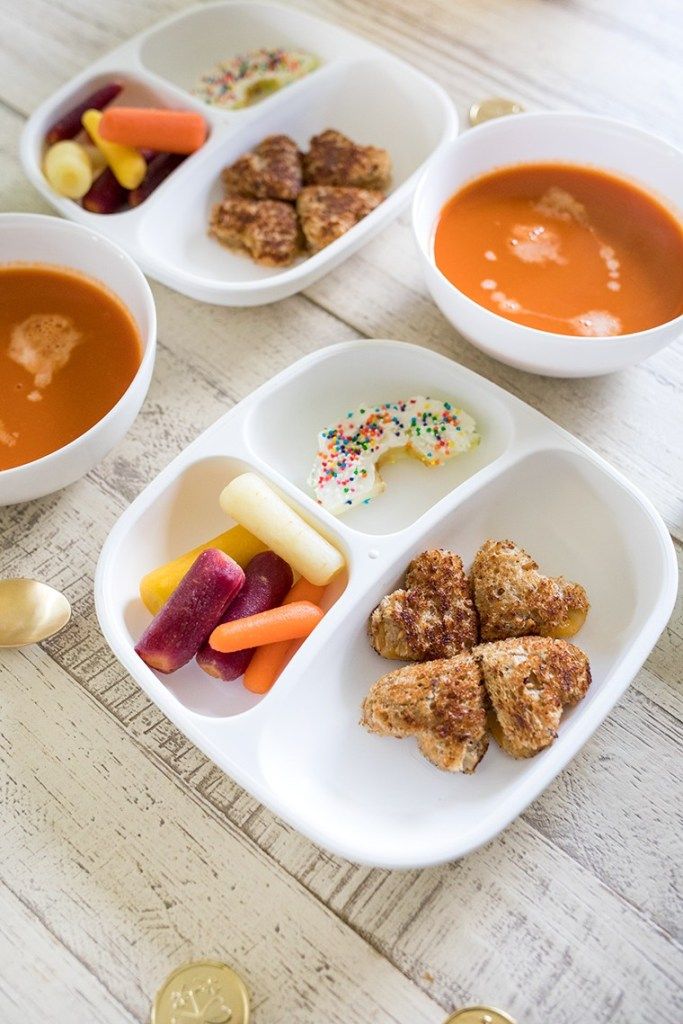
- Add all the ingredients in a pressure cooker and cook for about four to five whistles. Remove from heat and puree the mix in a food processor
- Serve with a topping of ghee (clarified butter).
16. Mixed dal rice:
Image: Shutterstock
You Will Need:
- ½ cup of rice
- ½ cup of mixed dal – mung dal, masur dal, udad dal, tur dal, chana dal
- 2 Tbsp of ghee (clarified butter)
- 1 Tbsp of cumin seeds
- A pinch of mustard seeds
- 2 curry leaves
- Salt as per taste
- 3 cups of water
- Chopped vegetables of choice – optional
How To:
- Melt the ghee (clarified butter) in a pressure cooker.
- Add some cumin seeds and once they start to splutter, add the mustard seeds and the curry leaves.
- Add all the dals and rice.
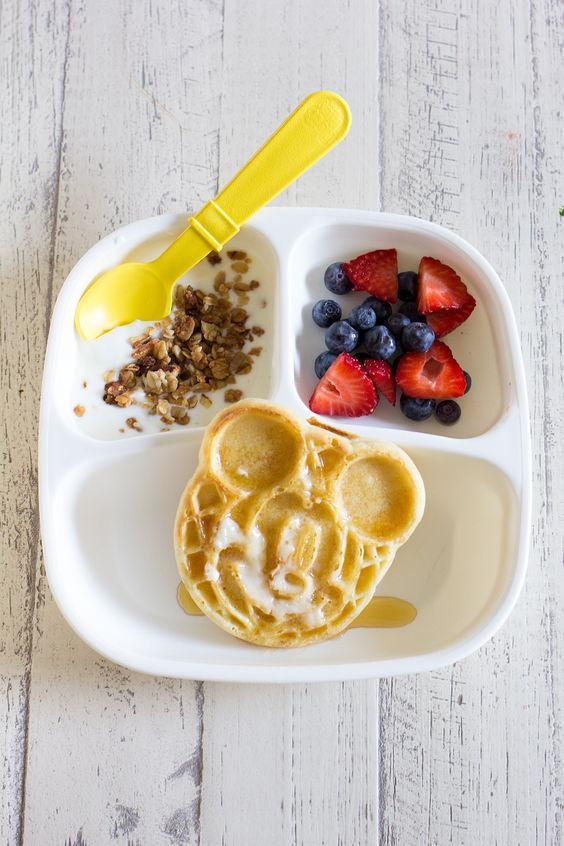 Stir well.
Stir well.
- Add the chopped vegetables now.
- Add the salt and water. Cook for a few minutes and close the lid.
- Cook for about six to eight whistles.
17. Vegetable curry:
Image: Shutterstock
You Will Need:
- Chopped vegetables of your choice
- 1 chopped onion
- 2 Tbsp of olive oil
- 1 Tbsp of freshly grated ginger
- A pinch of cumin seeds
- A pinch of coriander seeds
- A pinch of turmeric powder
- ¼ cup of apple juice
- ½ cup of water
- 5 cups of blanched and chopped spinach
- ½ Tbsp of lemon juice
- Salt as per taste
How To:
- Heat the oil and sauté the onions. Add ginger, cumin seeds, turmeric powder, and coriander seeds. Cook for a minute.
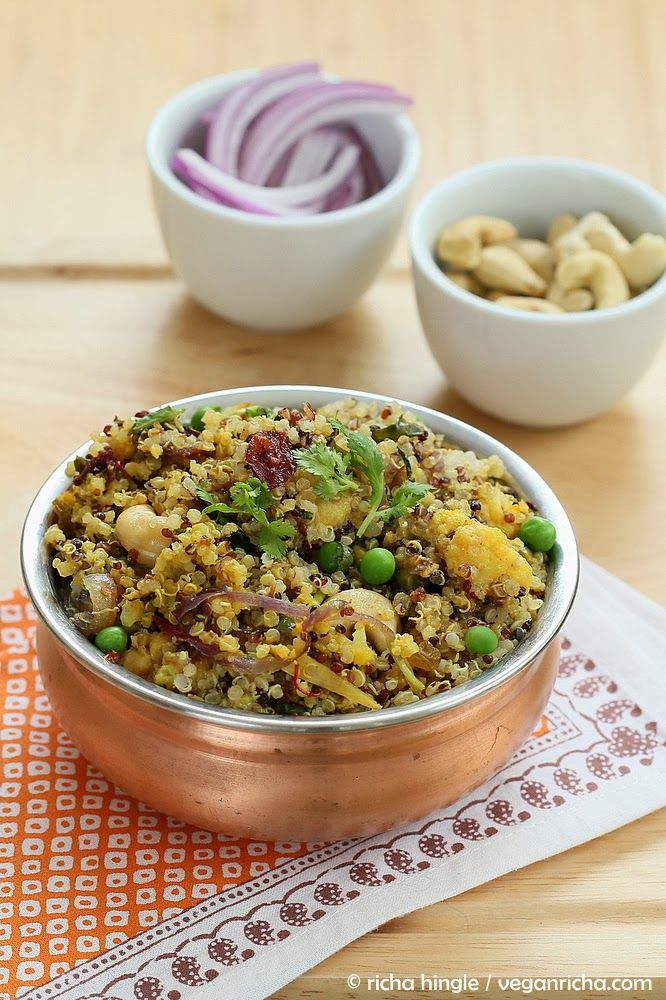
- Add the vegetables (except spinach), the apple juice and water. Cover and cook for about 15 minutes on low heat.
- Now add the spinach, lemon juice, and salt. Let the curry simmer for a few more minutes.
18. Dahi poha:
Image: Shutterstock
You Will Need:
- 1 cup of poha (Flattened rice)
- ¾ cup of yogurt
- ¼ cup of milk
- ½ Tbsp of grated ginger
- ½ Tbsp of lemon juice
- ½ Tbsp of chopped coriander leaves
- ¼ Tbsp of cumin powder
- ½ Tbsp of sugar
- Salt as per taste
How To:
- Mix the yogurt and the milk in a bowl. Add the grated ginger, cumin powder, lemon juice, sugar, and salt. Mix well.
- Wash the poha (Flattened rice) and let it soak in water for five minutes. Drain the water and squeeze the poha (Flattened rice) dry.
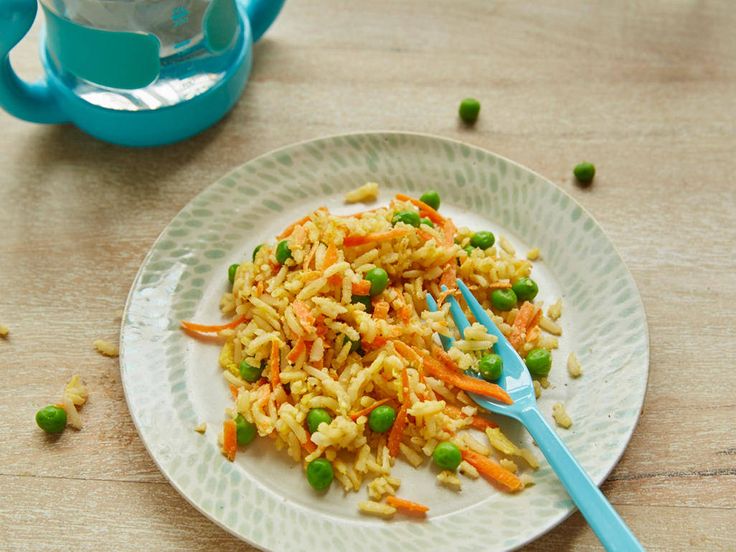
- Add the poha (Flattened rice) in the yogurt mix. Add the chopped coriander and stir well.
19. Tinda dal:
Image: Shutterstock
You Will Need:
- 100g chopped tinda (apple gourd)
- 6 Tbsp of yellow moong dal (split yellow gram)
- ½ Tbsp of cumin seeds
- ¼ Tbsp of asafetida
- ¼ Tbsp of turmeric powder
- 2 Tbsp of grated coconut
- 1 Tbsp of garam masala (curry powder)
- 1 Tbsp of jaggery
- 1 Tbsp of chopped coriander leaves
- 1 Tbsp of oil
- Salt as per taste
How To:
- Wash the dal and soak it in water.
- Heat oil in a pressure cooker. Now add the cumin seeds, and when they begin to splutter, add the asafoetida, garam masala, jaggery and the turmeric powder.
- Add the tinda (apple gourd) and sauté for a minute.
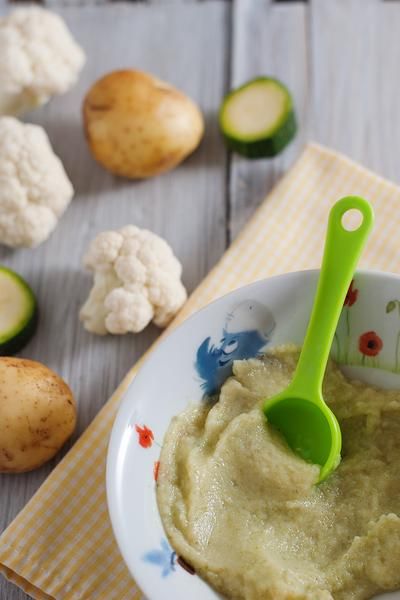 Add the dal and salt. Mix well.
Add the dal and salt. Mix well.
- Now, add the water and let the dal cook for about three to four whistles.
- Once the pressure cooker releases steam, open the lid and add the grated coconut. Cook for five minutes and add the chopped coriander. Cook for a minute.
20. Ragi and oats laddoos:
You Will Need:
- 1 cup of ragi flour
- ½ cup of oats
- 1½ Tbsp of ghee (clarified butter)
- 1 Tbsp of cardamom powder
- 1 cup of Jaggery
- 12 cashew nuts
How To:
- Roast the oats in a non-stick pan for a minute. Grind the roasted oats in a blender to make a fine powder.
- Melt the ghee (clarified butter) in a pan, and add the ragi flour. Roast it for about seven minutes while stirring continuously.
- Remove the pan from heat and add the jaggery.
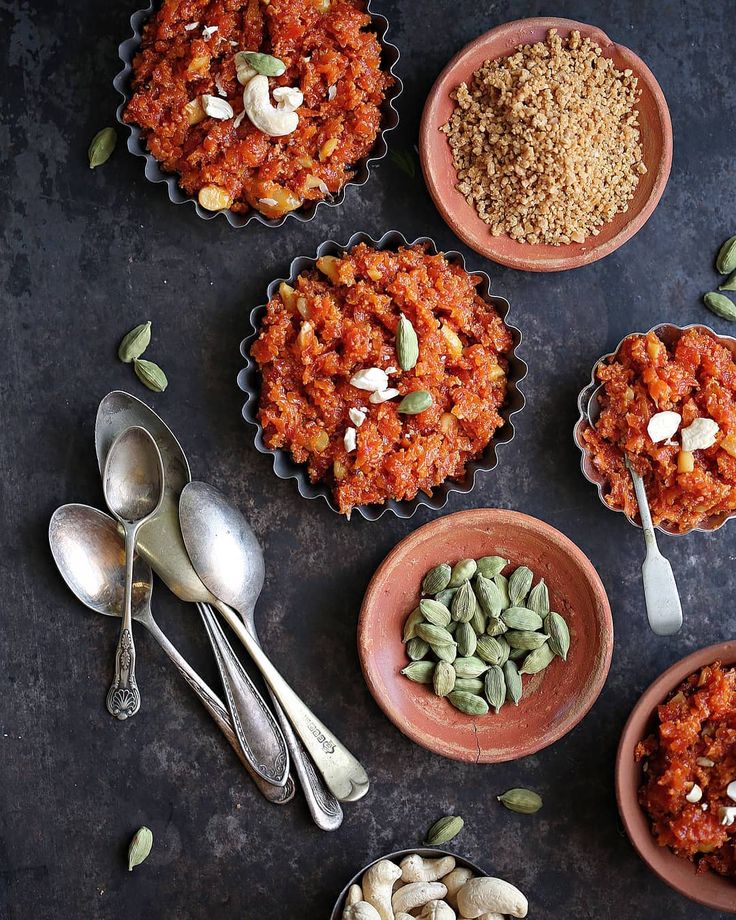 Mix well to make sure there are no lumps.
Mix well to make sure there are no lumps.
- Put the ragi mix in a bowl and add the oats and cardamom powder. Let the mix cool down a little before you start making the laddoos. Grease your palm with a little ghee (clarified butter) and start making small balls.
- Add a small cashew nut on top to decorate the laddoos.
Do try all these delicious homemade baby food indian recipes for your little ones. However, pick the recipes based on your baby’s age and do not feed them forcefully.
Things To Remember While Cooking For Your Baby
Here are a few tips that will ensure your baby can safely enjoy your preparations:
- Always check with the pediatrician before you add anything new to your baby’s diet.
- Many doctors suggest staying away from sugar and salt before your baby turns one while some suggest it is safe to introduce the same once your baby is about seven or eight months old. Speak to your doctor before you take a call.
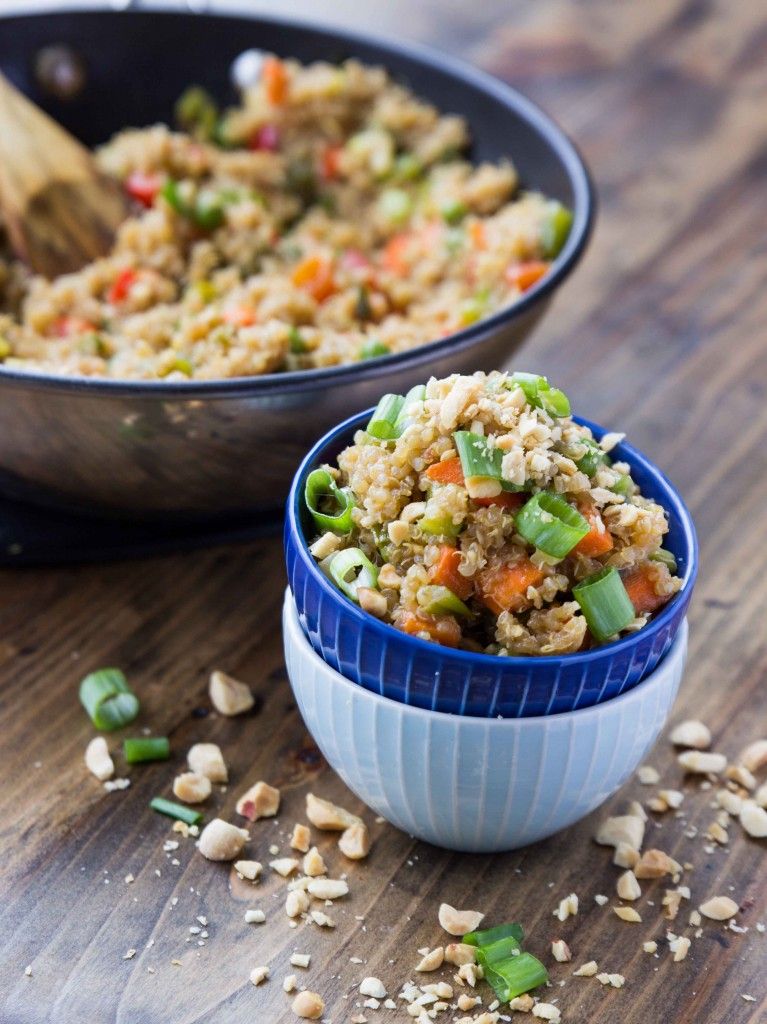
- Follow the three-day rule for any new food you add to your baby’s meals. It will help you note if your baby is allergic to any particular food item. If you think a new food makes him feel uncomfortable immediately stop serving him the same. Also, seek immediate medical help if your baby suffers from a severe food allergy.
- Never force your baby to eat a new food, instead give them time to develop a taste for it. Also, you may continue to breastfeed your baby at least up to two years along with complementary feeding.
After introducing solids to your baby, you should acquaint them with different food flavors and textures. It will help widen their palate and increase their nutritional intake. Hence, scroll through the article to explore different Indian food ideas for babies. Introducing recipes such as mango idli, apple khichdi, and paneer bhurji sandwich can excite their taste buds and increase their interest in food. However, before introducing new food to your baby’s diet, consult your doctor and use the three-day rule to ensure they do not have any allergic reactions.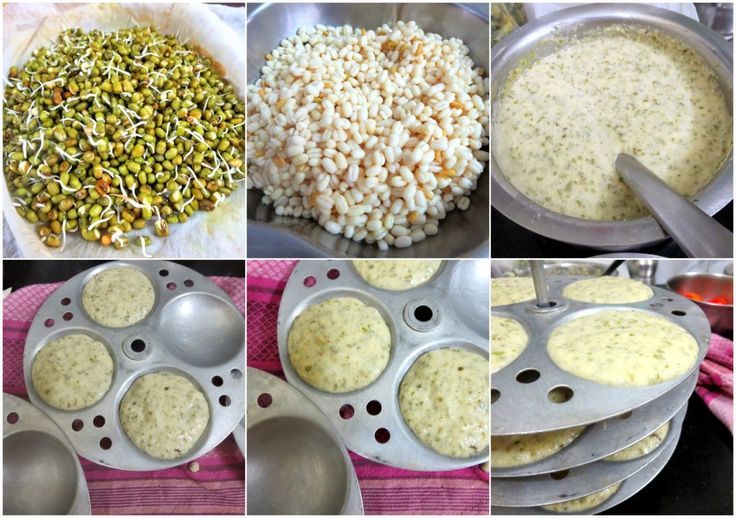
The following two tabs change content below.
- Reviewer
- Author
Jessica Albert is a passionate writer who seeks to connect with her readers through wit and charm. Her work aims to invoke curiosity and keep the readers engaged through and through. She has prior experience working with magazines and e-commerce establishments as a content marketer and editor. Being a mother herself, she puts all her knowledge into creating content about... more
Dr. Sonal Dhemla, a gold medalist, is working with a pediatric hospital as a consultant dietitian/clinical nutritionist. She founded ‘Dr. Sonal’s Nutrittude’, a diet clinic specializing in child nutrition, complementary feeding, juvenile diabetes, celiac disease, autism, ADHD, Down syndrome, cerebral palsy, epilepsy, growth issues among children, different deficiencies, and much more. She also works in the field of obesity/overweight, PCOS/PCOD,... more
Bacon For Babies: Safety, Right Age And.
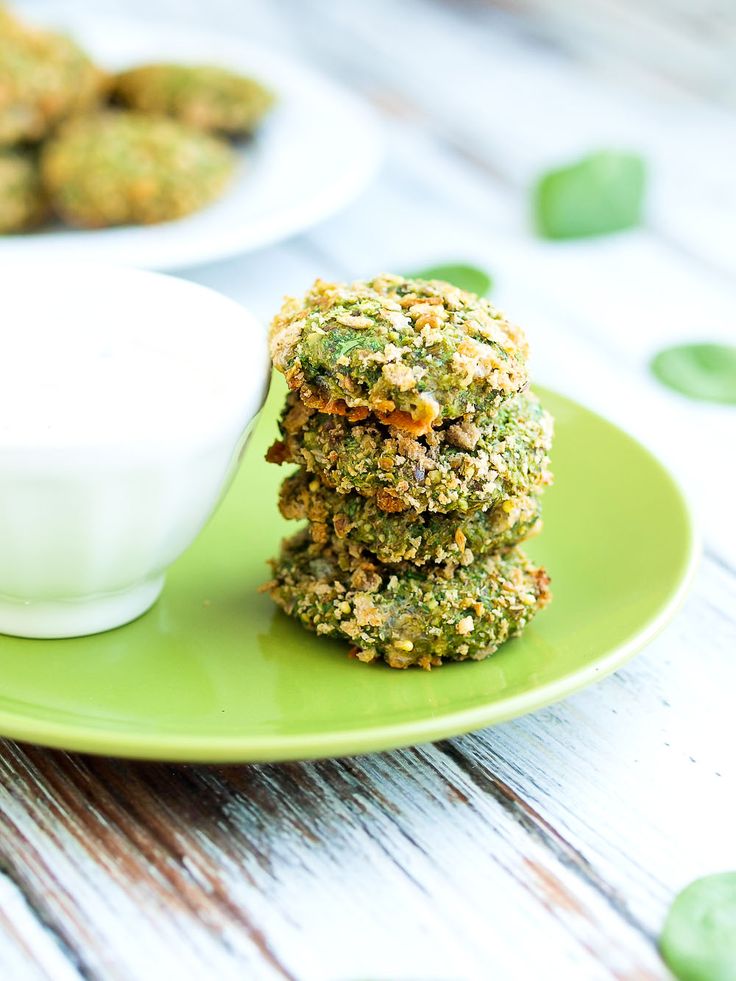 .
.Bacon For Babies: Safety, Right Age And..
Barley For Babies – Everything You..
Barley For Babies – Everything You..
8 Reasons To Limit Junk Food During..
8 Reasons To Limit Junk Food During..
5 Reasons Why It Is Unsafe To Have Deli..
5 Reasons Why It Is Unsafe To Have Deli..
Is Valerian Root Safe During Pregnancy?
Is Valerian Root Safe During Pregnancy?
Vitamin C During Pregnancy: Safety,..
Vitamin C During Pregnancy: Safety,..
Lemon For Babies: When To Introduce,..
Lemon For Babies: When To Introduce,..
Is It Safe To Eat Hot Dogs During..
Is It Safe To Eat Hot Dogs During..
12 Healthy Homemade Energy Drinks To..
12 Healthy Homemade Energy Drinks To..
Everyday food in India — Real time
Society
07:00, 05/04/2019
Rice with rice, red chili and banana leaf feast
There is a concept in the West that in India, an impoverished and overpopulated country, overcooked and scalding food is eaten.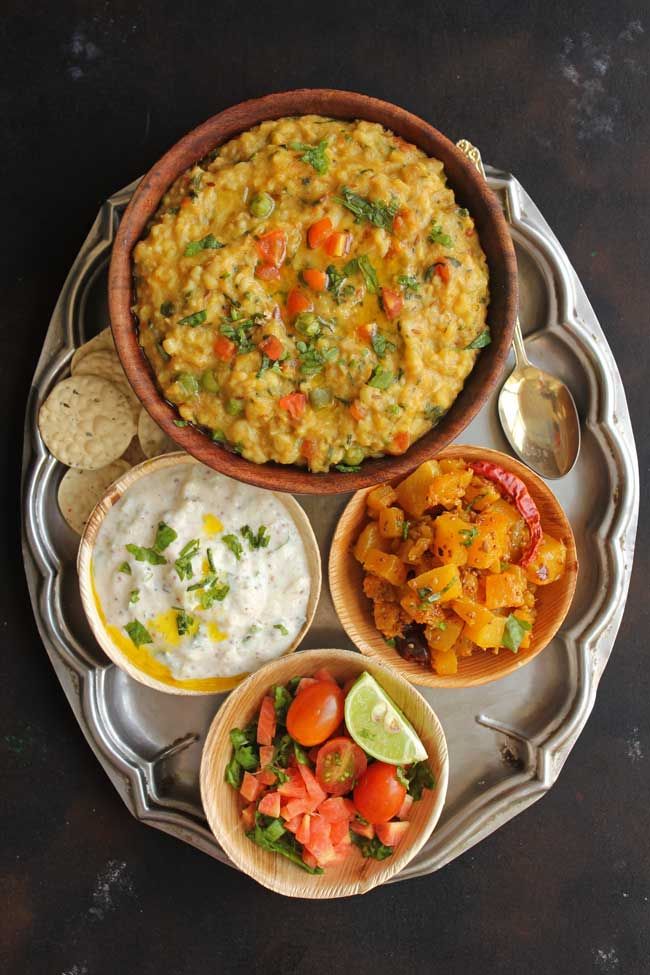 But that's not the case at all. Indian culture won me over with its cuisine. Such a variety of tastes, colors, smells cannot be found, in my opinion, in any other cuisine in the world. And this despite the fact that traditional Indian cuisine is vegetarian, that is, it does not use meat, eggs and fish. Due to spices, various vegetables, grains, milk and oils, thousands of dishes proven over the centuries are created. For several years now, I have been trying to master the main dishes of this cuisine, learning from local women. In a new article for Realnoe Vremya, I will talk about what my menu has become after a long stay in India.
But that's not the case at all. Indian culture won me over with its cuisine. Such a variety of tastes, colors, smells cannot be found, in my opinion, in any other cuisine in the world. And this despite the fact that traditional Indian cuisine is vegetarian, that is, it does not use meat, eggs and fish. Due to spices, various vegetables, grains, milk and oils, thousands of dishes proven over the centuries are created. For several years now, I have been trying to master the main dishes of this cuisine, learning from local women. In a new article for Realnoe Vremya, I will talk about what my menu has become after a long stay in India.
All Five Tastes
The first thing you remember about Indian cuisine, especially if you get to know it not in restaurants designed for Western tourists, but in street cafes or visiting Indians, is the sharpness of the dishes. Indians love very spicy food, like the rest of the inhabitants of the hot zone. For many reasons.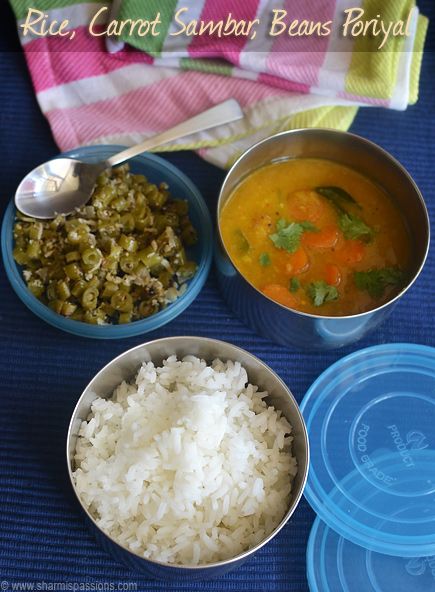 Hot peppers, chili, put in food, because it increases sweating and helps to endure heat more easily. In addition, pepper copes well with the destruction of infections in the body.
Hot peppers, chili, put in food, because it increases sweating and helps to endure heat more easily. In addition, pepper copes well with the destruction of infections in the body.
After some time I learned to eat moderately spicy food, and after that Russian cuisine seems boring and insipid to me. True, there are as many peppers as the Indians, but I'm still not used to it. They throw a handful of dried red peppers into any salty and sometimes sweet dish, and then bite it with green chili as well. Chili is not a traditional product for India, it was brought from other hot countries, but initially Indian cuisine also has a spicy taste due to ginger and black pepper.
However, it's not just about the spicy taste. The basics of Indian cooking are based on such a science of human health as Ayurveda, which says that all tastes should be present in food during lunch: bitter, sour, spicy, sweet, and astringent.
A pile of rice is placed on a large round tray, and small cups with all kinds of snacks, side dishes, seasonings and sauces are placed around it. From Hindi, it translates as "large plate" or "tray". A hill of rice is placed on a large round tray, and small cups with all kinds of snacks, side dishes, seasonings and sauces are placed around it. This way you can try a little bit of everything and combine different dishes that just combine all five tastes. This is quite a hearty meal, in India there is even a saying: "Men eat thali to be strong, and women to be fat and beautiful." In some cafes (and in the homes of residents of some states), thali is served in the traditional way, not on a tray, but on banana leaves: this method is good for health, banana leaves release useful substances when in contact with food.
From Hindi, it translates as "large plate" or "tray". A hill of rice is placed on a large round tray, and small cups with all kinds of snacks, side dishes, seasonings and sauces are placed around it. This way you can try a little bit of everything and combine different dishes that just combine all five tastes. This is quite a hearty meal, in India there is even a saying: "Men eat thali to be strong, and women to be fat and beautiful." In some cafes (and in the homes of residents of some states), thali is served in the traditional way, not on a tray, but on banana leaves: this method is good for health, banana leaves release useful substances when in contact with food. The same thali is prepared at home, and on holidays the number of dishes can reach 20-25. Also, a slice of lemon, a slice of ginger and a little salt are placed on the tray, they must be eaten first to awaken the appetite and start digestion.
Moreover, in most Indian cafes you can get a supplement for free: after a while you will be offered more rice and various vegetable dishes.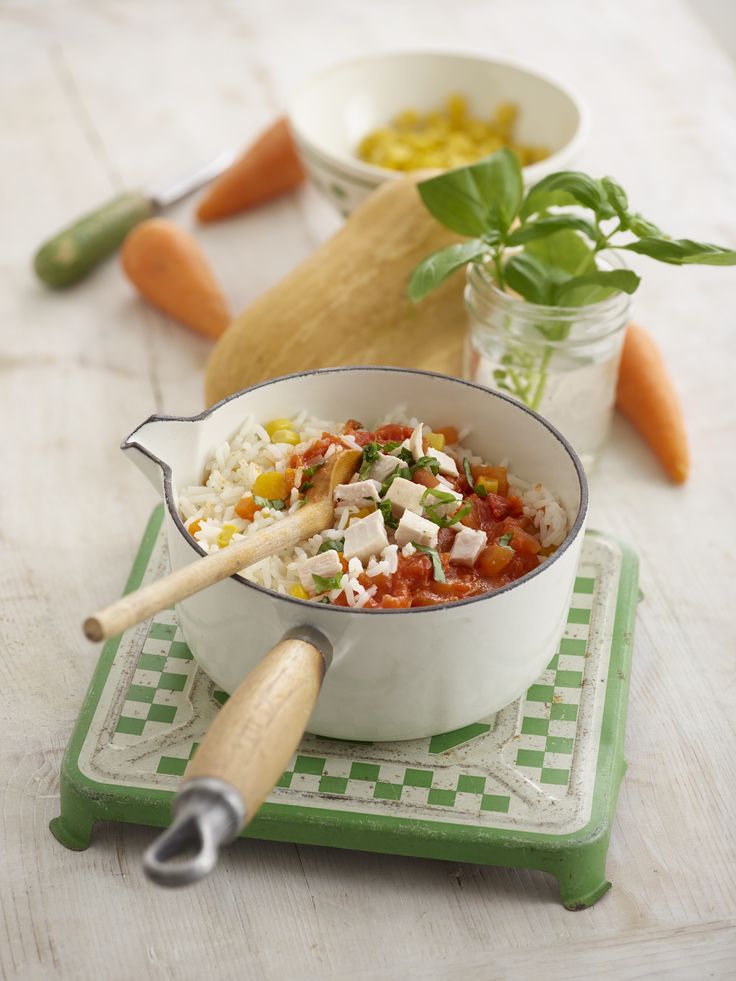 There is no need to pay extra, you can eat as much as you want, your serving is not limited in weight and volume.
There is no need to pay extra, you can eat as much as you want, your serving is not limited in weight and volume.
Rice with rice
Rice is the main food in the Indian diet. Rice is eaten all year round, morning, afternoon and evening. It is easy to grow, cheap, and therefore accessible to all segments of the population. Mostly Indians eat white polished rice. Brown rice, which has recently become so fashionable in the West, is eaten only by very poor people. Many recipes for rice dishes have been preserved in modern India since ancient times, they are mentioned in the scriptures (shastras). There are many options for boiling rice, frying it with vegetables and spices (pulao, biryani), making rice sweets.
An Indian can eat a mountain of rice for lunch. And this is not a figurative expression. All other dishes are just an addition, be it a little soup, sauce or vegetables. Especially love rice in South India. Diversity during lunch is achieved by serving several types of differently cooked rice.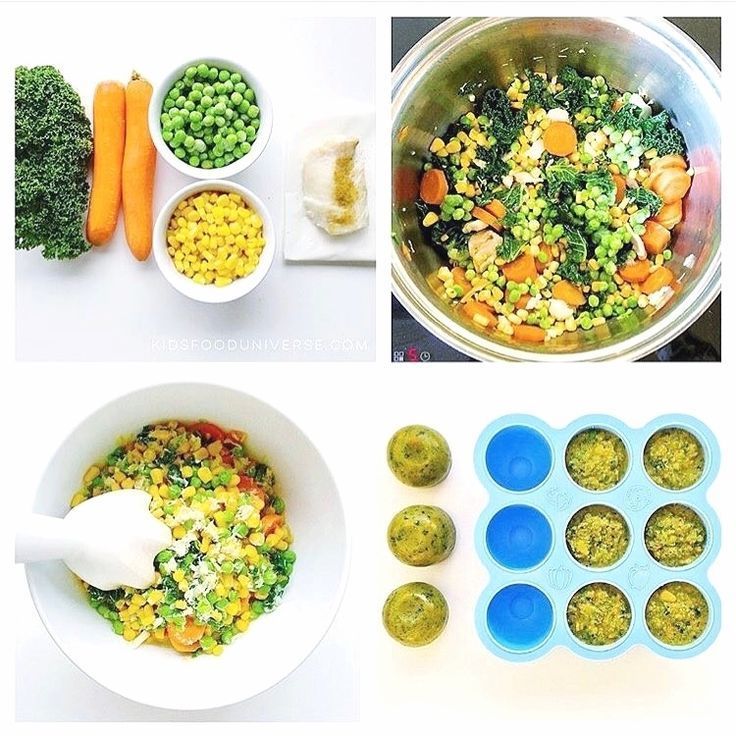 First, as a rule, there is a handful of turmeric yellow rice with vegetables, then flattened rice may be served, and then the main portion of white.
First, as a rule, there is a handful of turmeric yellow rice with vegetables, then flattened rice may be served, and then the main portion of white.
Bean dishes - dal
Indians usually eat without cutlery, with the right hand. The left is considered unclean. Eating with your hands is healthy and delicious. It is useful because it is difficult to take too much with your hand, fingers are sensitive to the consistency of food and its temperature, unlike a spoon. Rice itself is dry, and in order to soak it, medium-thick pea soup is poured directly into a hill of rice, dal. In India, many varieties of peas are available in all shops and stores. These are chana-dal, and chickpeas, and urad-dal, and matar-dal (large peas), and mung-dal (mash). From very small peas, which quickly boil and form a thick creamy soup, to large peas, which are known in Russia.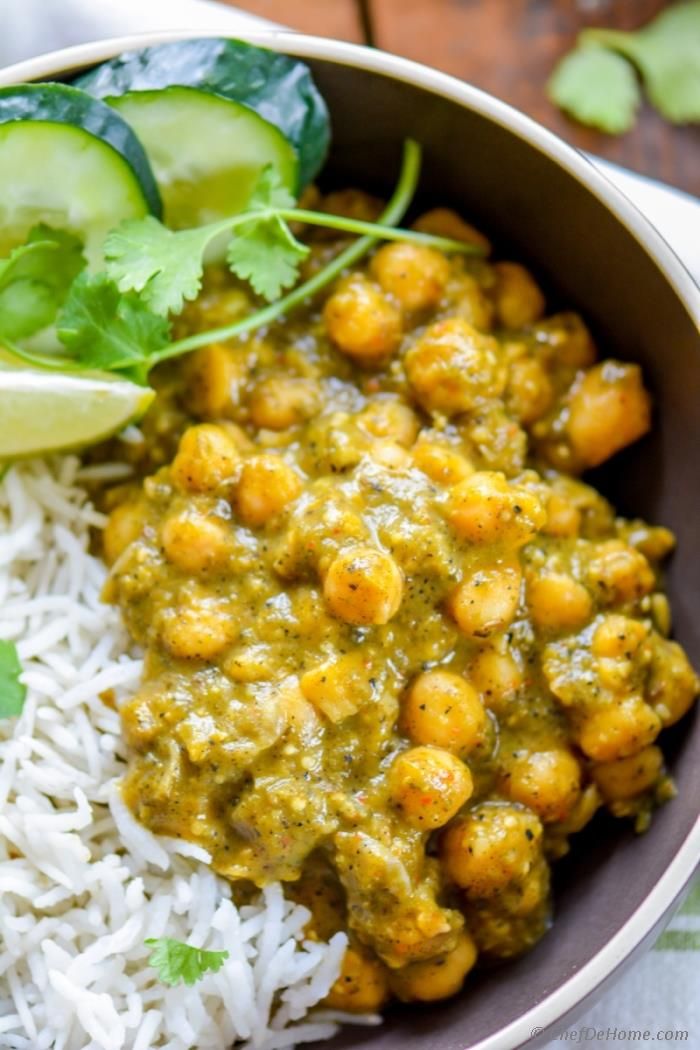
Bean dishes are superior in protein to all other foods. There are so many recipes for their preparation that you can cook different types of dala for several months and not repeat. The simplest recipe is matar-dal: peas are boiled and blended in a saucepan until smooth, and then spices fried in oil, masala, are added to it, which stimulates digestion and gives the dish aroma and color. Masala usually includes fresh ginger paste and turmeric.
Almost all Indian housewives have pressure cookers at home: they can quickly boil dal, saving gas, which is not cheap in the country.
Vegetable dishes - sabji
In India, where over 80 percent of the population is vegetarian, rice and dal are the basis of a nutritious meal. The poor who cannot buy vegetables every day eat only rice and dal. In difficult times, when dal grows in price, they eat only rice, eating it with green chili. But traditionally, rice and dal are also served with sabji, fried and stewed vegetables with spices.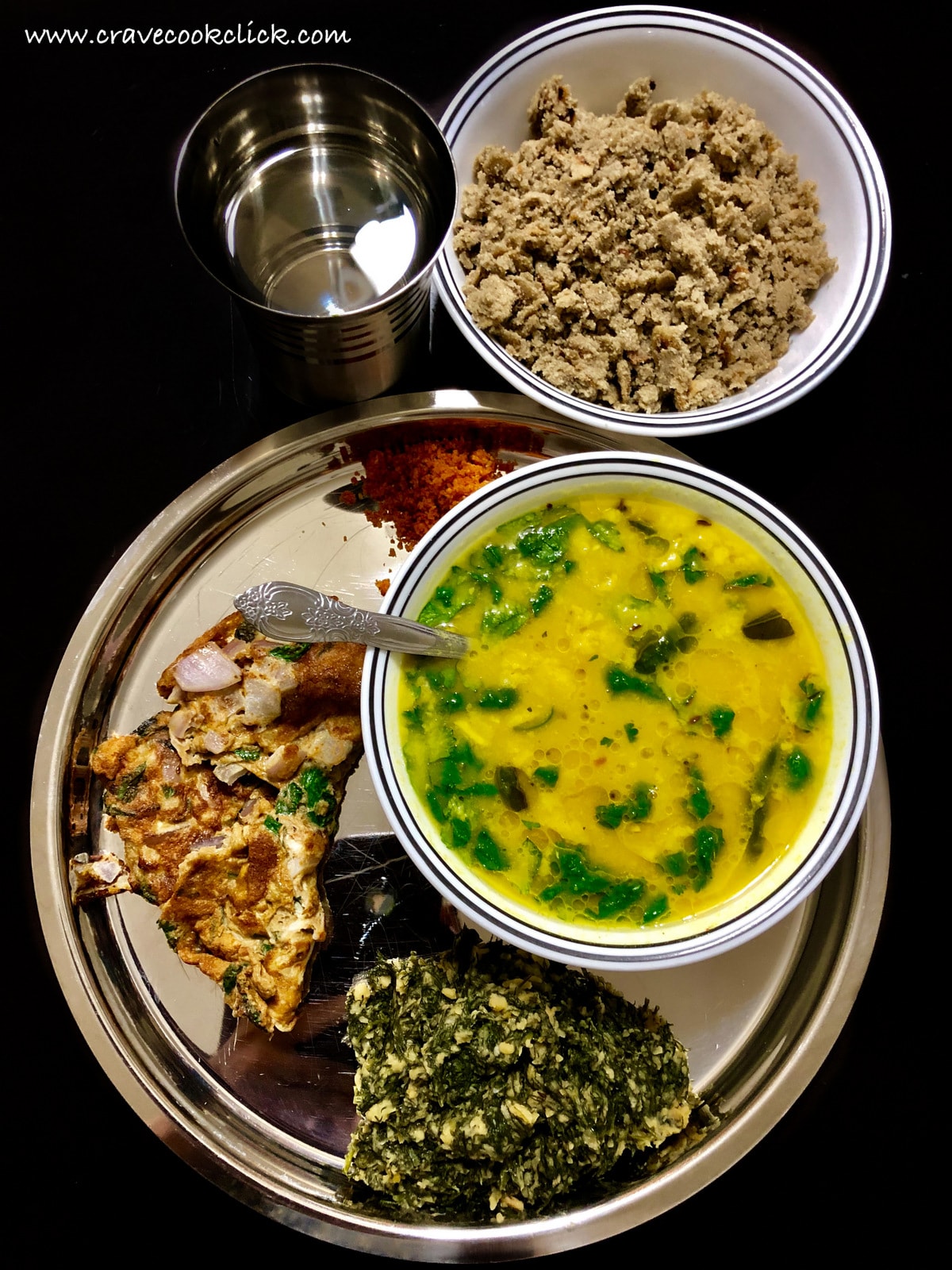 India is a paradise for vegetarians, growing and selling a wide variety of fruits and vegetables. The markets where vegetables are sold are called “sabji bazaars”, where fresh vegetables and fruits freshly harvested in the fields and beds are unloaded every morning at sunrise.
India is a paradise for vegetarians, growing and selling a wide variety of fruits and vegetables. The markets where vegetables are sold are called “sabji bazaars”, where fresh vegetables and fruits freshly harvested in the fields and beds are unloaded every morning at sunrise.
Many of them are known to us: pumpkin, eggplant, potatoes, radishes, cauliflower, tomatoes. Others are little known in the West: breadfruit, potol (Indian cucumber), bitter melon (karela), green papaya, and so on. In India, Shaka dishes are very popular, this herb is very cheap and available all year round. It is simply fried in a pan, seasoned with salt, spices and oil.
The markets where vegetables are sold are called “sabji bazaars”, where fresh vegetables and fruits just picked in the fields and beds are unloaded every morning at sunrise Vegetables are fried mainly in mustard oil, which, by the way, has a very high combustion temperature. They also cook with coconut, peanut and sesame oils. But ghee, ghee, has been considered a sign of prosperity in India for many centuries.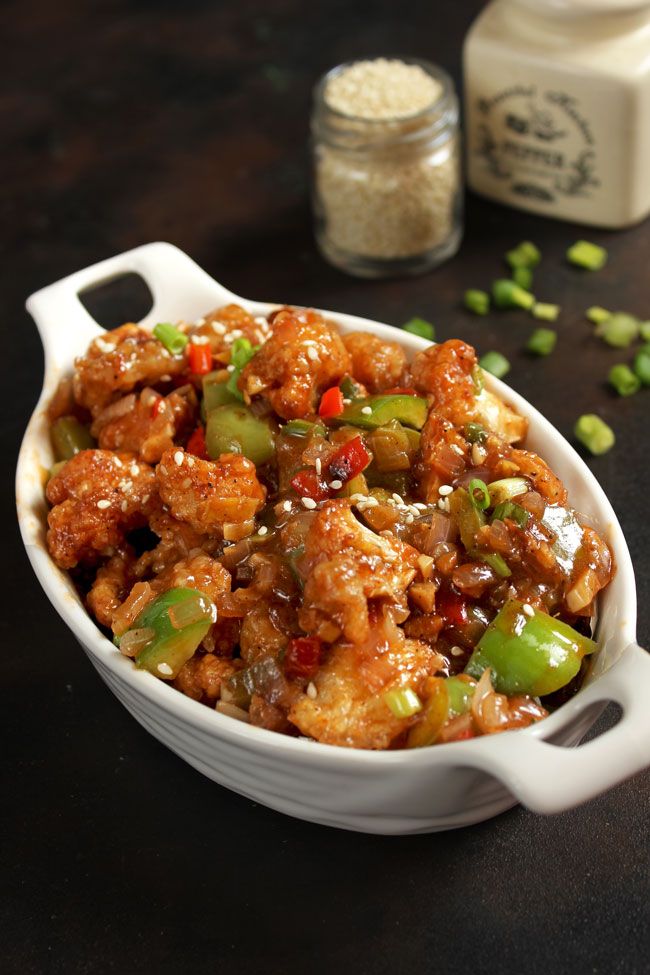 It is also called liquid gold, because earlier a person's wealth was judged by ghee reserves. Ghee is also healthier than other oils and is called “brain food” in the shastras. When you cook food with ghee, the dish has a special caramel aroma and sweet taste.
It is also called liquid gold, because earlier a person's wealth was judged by ghee reserves. Ghee is also healthier than other oils and is called “brain food” in the shastras. When you cook food with ghee, the dish has a special caramel aroma and sweet taste.
Ginger paste, chili, cumin, coriander and mustard are usually added to vegetables. Several types of sabji are served on the holiday at once.
Indian bread
In traditional Indian cuisine there is no baking, the bread is fried. Usually the stove is built in the yard of clay bricks, the fuel is flat cakes made from cow dung. In the villages and towns that still make up most of India, you can see how women stick these cakes around fences and trees to dry them. It is considered the most environmentally friendly fuel.
Although there are electric stoves in many Indian homes, sourdough or yeast bread is still not eaten by most Indians. But here, as in all Eastern cultures, there is a wide variety of cakes that are cooked on an open fire.
The most popular flatbread is chapati. Cooking it is not so easy, girls from childhood, under the supervision of their mother, learn to roll perfectly flat cakes from flour, water and salt. Then they are slightly warmed up in a hot flat frying pan without sides and thrown directly into the fire or on a metal grate above the fire. If everything is done correctly, then the cake should swell to the state of a ball and thus bake from the inside. Chapatis are smeared with ghee.
The most popular flatbread is chapati. Cooking it is not so easy, girls from childhood, under the supervision of their mother, learn to roll perfectly flat cakes from flour, water and saltA more refined and expensive version of cakes is puri. They are thrown into hot oil, and there is a belief that if a woman's puris are swollen, then her mother-in-law loves her. Indians eat puri for breakfast along with some stewed vegetables or jam.
There are also stuffed flatbreads called parathi. Cheese, potatoes, greens are put there as a filling.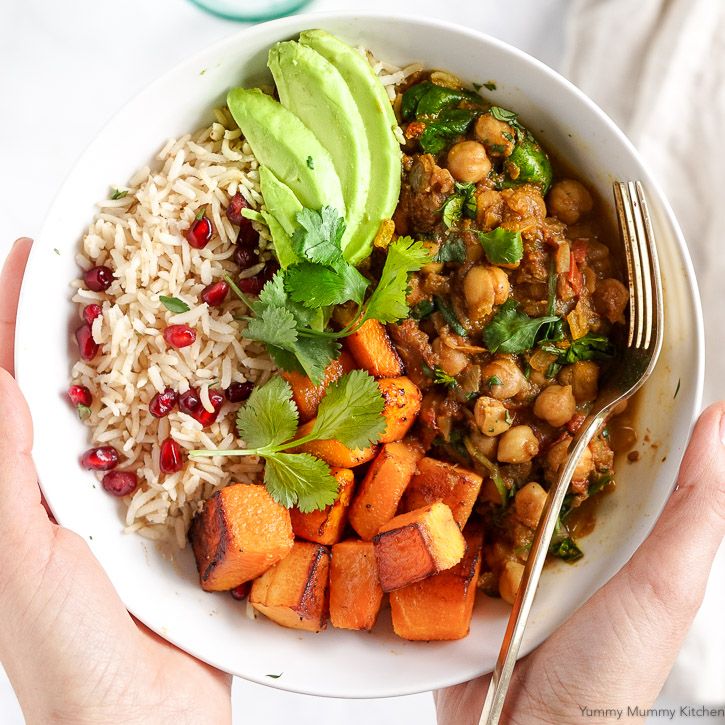 My favorite type of flatbread is lachcha paratha, I first tried real lachcha paratha in a small town in South India. On the street early in the morning, an elderly old man was preparing these cakes in a shop, which, probably, was inherited from his father, and since then he has been toasting bread here every day. His daughter and grandson helped him. Lachchha paratha is a hot, crispy, puffy, buttered puff pastry.
My favorite type of flatbread is lachcha paratha, I first tried real lachcha paratha in a small town in South India. On the street early in the morning, an elderly old man was preparing these cakes in a shop, which, probably, was inherited from his father, and since then he has been toasting bread here every day. His daughter and grandson helped him. Lachchha paratha is a hot, crispy, puffy, buttered puff pastry.
All flatbreads are served hot, straight off the fire. However, Indians generally rarely eat food that has lain down for some time, they do not like semi-finished products either. According to Ayurveda, it is harmful to heat food, especially rice, dhal and vegetables.
Of course, large families don't have cakes every day, because they take longer to prepare. They are served with rice, dal and sabji. A piece of cake comes off and with its help a little rice and vegetables are collected, this is very convenient when the rice is crumbly and the vegetables have not cooled down yet.
Snacks and sauces
Indian cuisine is rich in various snacks. Indians are very hospitable people, and even if they don't have lunch yet, you will certainly be treated to some deep-fried homemade crunchy chickpea flour crackers with spices and a glass of water or a chilled drink. Such salty snacks are convenient to take with you on the road, they do not spoil.
Another type of popular snack is pakora: deep-fried pieces of vegetables (and sometimes also fruit and paneer or Adyghe cheese). This is a simple and cheap dish. Indians simply adore him, so there are always pakora sellers on trains, on the streets, in parks at social events. At home and in cafes, pakoras are usually served with soup or a drink.
Rice, dal and sabji are also served with spicy-sweet sauce - chutney, with lots of pepper and sugar. Such sauces emphasize the taste of the main dish; you can’t eat a lot of them because of the spiciness.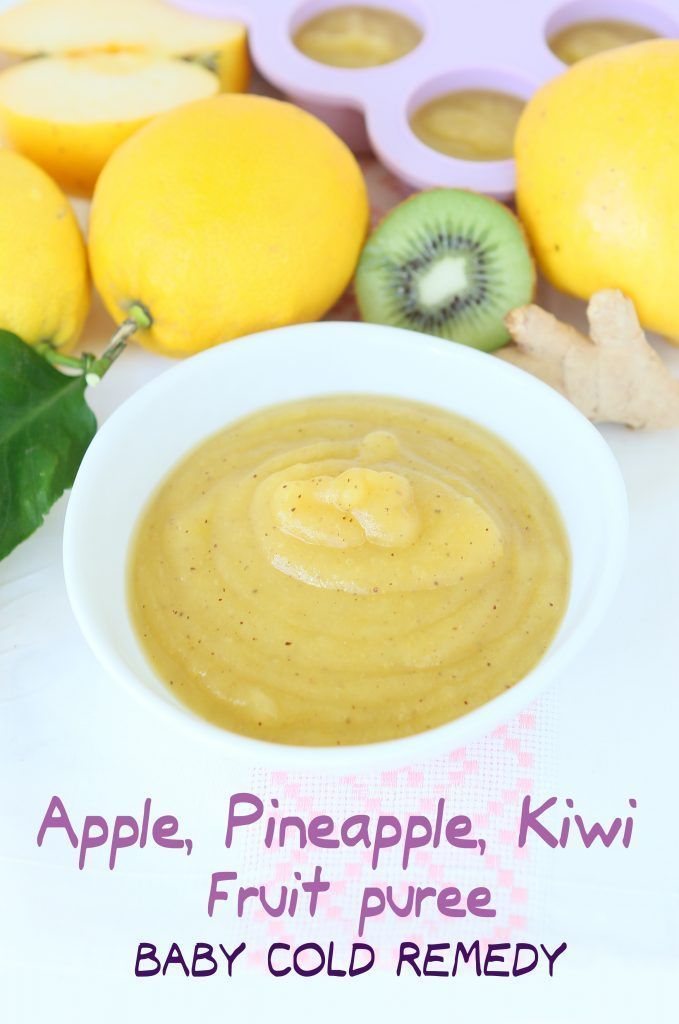 I note that many modern Indians are very fond of onions and garlic and put it with the same fanaticism as chili in all dishes. However, traditional cuisine does not use these seasonings. Moreover, according to the shastras, onions and garlic are considered unclean foods and are not recommended for human consumption.
I note that many modern Indians are very fond of onions and garlic and put it with the same fanaticism as chili in all dishes. However, traditional cuisine does not use these seasonings. Moreover, according to the shastras, onions and garlic are considered unclean foods and are not recommended for human consumption.
Sweets
Factory-made sweets and packaged chocolates have not yet killed Indian love for handmade sweets. They are prepared by housewives, temple cooks, and shopkeepers (halvais), the recipes have practically not changed over the centuries. The chef's professionalism is expressed not in his innovation, but in his ability to achieve a taste that is as close to the traditional as possible. Many sweet dishes are made from boiled milk. Milk with sugar is boiled for an hour or longer, with constant stirring. This is a lot of work, but Indian women believe that for them it is an opportunity to put all their love for loved ones into cooking. Depending on the degree of milk cooking, burfi, khir, rabri, “sweet rice” are obtained.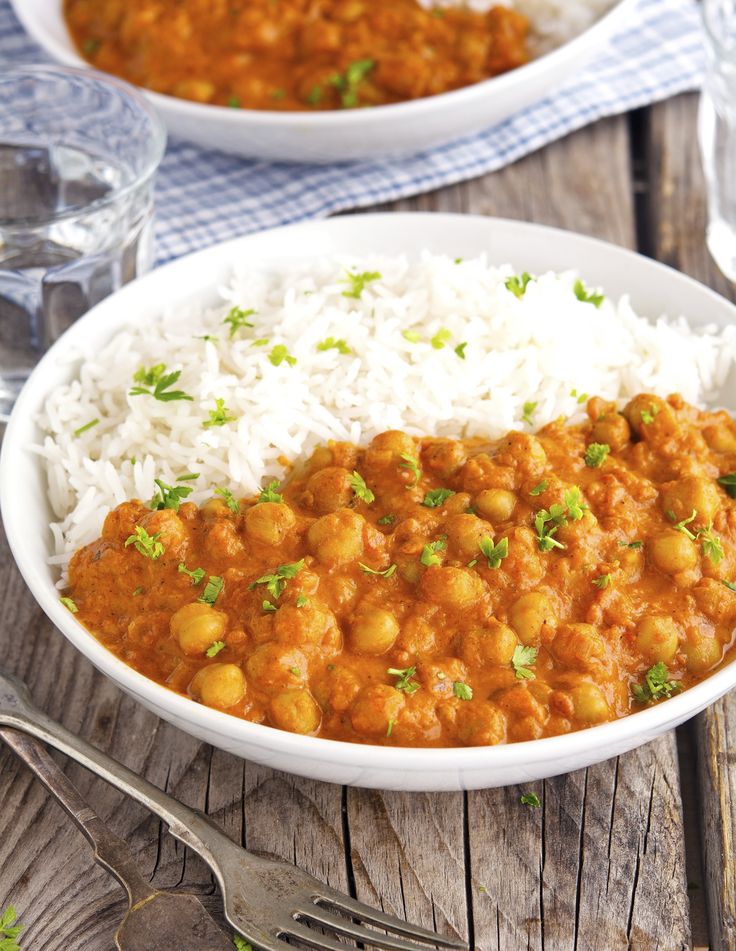 Decorate such sweets with nuts, ground cardamom, saffron.
Decorate such sweets with nuts, ground cardamom, saffron.
Curd milk mashed with powdered sugar produces the most delicate sandesh. If the sandeshs are boiled in sugar syrup, then these are already rasagulas. And if after that put in a creamy sauce, then rasamalai.
Factory-made sweets and packaged chocolates have not yet killed Indians' love for hand-made sweets.One of the most popular dishes in India is halava. Not halva, namely halava, which is made mainly from semolina and sugar with butter and resembles pudding.
Homemade yogurt is fermented by housewives every day. Women take pride in using the leaven that has been passed down from generation to generation, from mother to daughter. Condensed yogurt can be used to make a delicate shrikhand dessert, and if you dilute the yogurt with water, add fruit puree and sugar, you get lassi, a refreshing and satisfying drink.
In India, you can find different types of sugar in all stores and stalls, it is not uncommon and it is very affordable.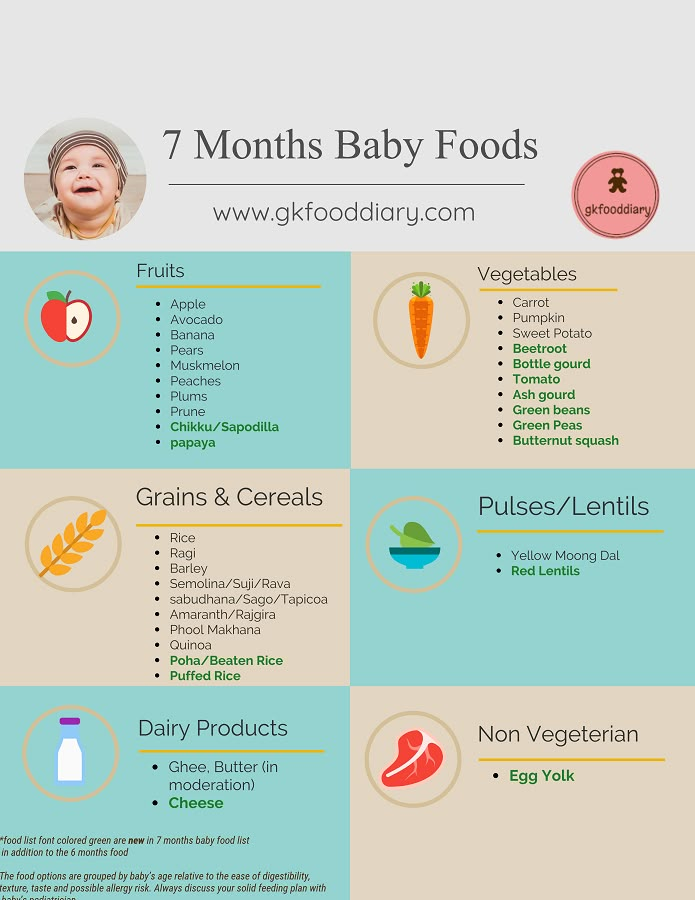 These are cane (jaggery), and date, and palm (gur) sugar. The word "sugar" itself comes from the Sanskrit word "sarkar". The amount of sugar Indians use to make sweets is incredible. It is clear that in this way sweets are stored longer in the heat. They also traditionally add dried fruits, spices and natural flavors - green cardamom, nutmeg, cloves, saffron, black pepper and camphor, rose water. Sweets are usually sprinkled with nuts or coconut flakes.
These are cane (jaggery), and date, and palm (gur) sugar. The word "sugar" itself comes from the Sanskrit word "sarkar". The amount of sugar Indians use to make sweets is incredible. It is clear that in this way sweets are stored longer in the heat. They also traditionally add dried fruits, spices and natural flavors - green cardamom, nutmeg, cloves, saffron, black pepper and camphor, rose water. Sweets are usually sprinkled with nuts or coconut flakes.
Drinks
Tea was brought to India by the British. Now this drink is very popular here, but they prepare it in their own way: they boil it together with milk, ginger, cardamom, cinnamon and other spices. This is called masala chai. It should be piping hot, drink it from tiny cups.
I saw how early in the morning, before dawn, some old man takes his smoky iron stove to the side of the road, kindles a fire in it and brews tea in a teapot. This is his earnings, perhaps, throughout his life. Everyone who passes by on their way to work, as well as rickshawals and cyclists, buy tea from him in small cups and drink it sitting next to him right on the ground.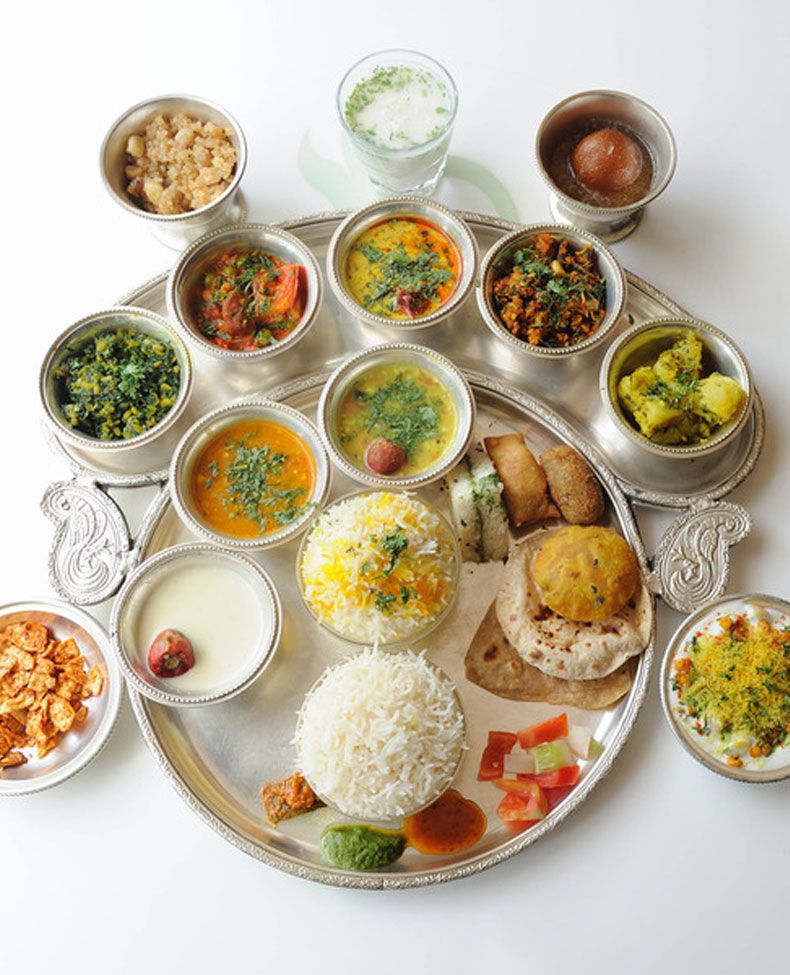 This is the morning ritual of many Indians.
This is the morning ritual of many Indians.
However, tea and coffee, from the point of view of the sastras and according to the authoritative brahmins, are not pure foods. And many Indians refuse these drinks, which have a slight narcotic effect and are addictive. The same attitude in traditional culture to alcohol. In some places it is even forbidden to sell alcohol, for example, where I live (Mayapur, Bengal).
My culinary experiences
Before coming to India, I had some experience in cooking Russian and European cuisine.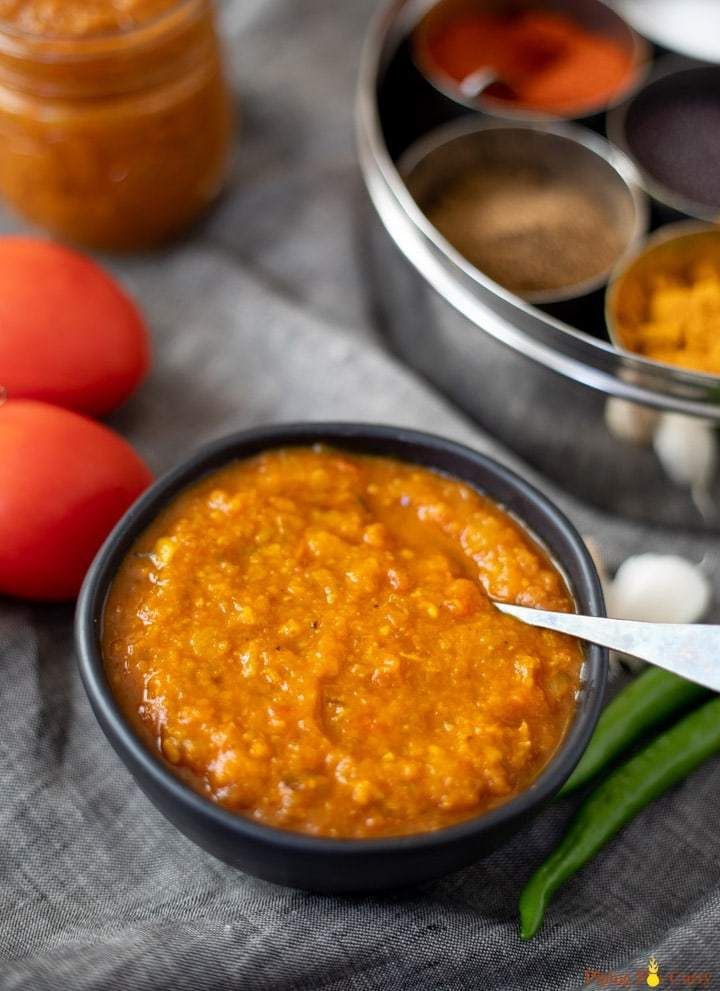 But when I got acquainted with Indian cuisine, I realized that I didn’t know how to cook at all. In India, cooking is a complex and delicate art, and it is better if a girl learns it from childhood. Now I take lessons from local women, YouTube videos are a good help, since many Indian housewives or their grandchildren are infected with the modern disease to blog culinary. Of course, not all recipes that you can see there are proven. Therefore, in case one of the readers is interested in how to learn how to cook Indian cuisine, I will advise a number of sources. Of the blogs that talk about Indian cuisine in Russian, this is Culinary Journey: Indian Cuisine. And from the authoritative literature - the book of Yamuna devi "Indian Vegetarian Cuisine" and Adiraja das "Vedic Culinary Art". In particular, Yamuna, a cook from America, traveled all over India, collecting traditional recipes from temple priests and householders.
But when I got acquainted with Indian cuisine, I realized that I didn’t know how to cook at all. In India, cooking is a complex and delicate art, and it is better if a girl learns it from childhood. Now I take lessons from local women, YouTube videos are a good help, since many Indian housewives or their grandchildren are infected with the modern disease to blog culinary. Of course, not all recipes that you can see there are proven. Therefore, in case one of the readers is interested in how to learn how to cook Indian cuisine, I will advise a number of sources. Of the blogs that talk about Indian cuisine in Russian, this is Culinary Journey: Indian Cuisine. And from the authoritative literature - the book of Yamuna devi "Indian Vegetarian Cuisine" and Adiraja das "Vedic Culinary Art". In particular, Yamuna, a cook from America, traveled all over India, collecting traditional recipes from temple priests and householders.
In some articles I have already written that in the tradition of India it is customary to take consecrated food (“What did you eat today?” as the main Indian question).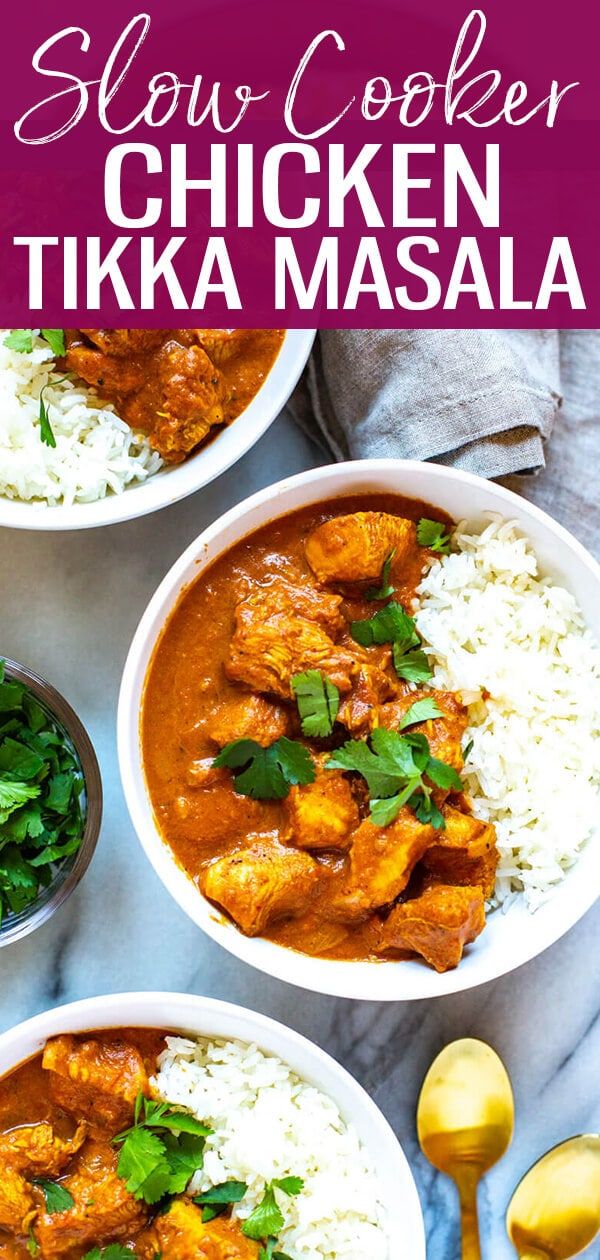 The well-known philosophical and religious Indian treatise Bhagavad Gita says that one who takes food that is not offered to God "tastes only sin." Food is offered both in temples and at home altars, reciting the appropriate mantras. In order to offer it, the chef does not taste the dish during the cooking process: Indian housewives can determine by eye whether there is enough salt and sugar in the dish.
The well-known philosophical and religious Indian treatise Bhagavad Gita says that one who takes food that is not offered to God "tastes only sin." Food is offered both in temples and at home altars, reciting the appropriate mantras. In order to offer it, the chef does not taste the dish during the cooking process: Indian housewives can determine by eye whether there is enough salt and sugar in the dish.
Most Indians know that eating food from the store or cooked anywhere and by anyone is a low standard of living, because with food we take over the consciousness of a person and take away his sins. Indians love to eat what their mother or wife cooks. And a woman's ability to cook is decisive when choosing a bride. Despite the fact that emancipation in large cities of India is gaining momentum and more and more women are choosing a career over family life, women housewives in India are still treated with respect today, because all family members thanks to them can get fresh and healthy food every day.
Natalia Fedorova, photo from the archive of the author
SocietyCultureIndian cuisine - 113 recipes with photos step by step. National cuisine of India on Webspoon.ru
Indian cuisine is a storehouse of healthy food. The most famous national dishes are prepared from vegetables, rice, beans, grains and fruits, the variety of which is impressive! Of course, meat recipes are also cooked here, however, not everyone will like them, as they are quite specific. For example, Indians are very fond of using hot chili peppers abundantly. For example, once in India, be prepared for the fact that you will have to try chili pepper cookies for the first time in your life. The peculiarities of the local cuisine are its spices, or rather a mixture of spices, which has its own special name "masala". Masala is an essential ingredient in every national dish. The whole country is saturated with this smell, you will have to face it even at the airport. Masala is even added to tea, so it will be very easy to get used to the spicy aromas of India - they will accompany you everywhere.
Masala is even added to tea, so it will be very easy to get used to the spicy aromas of India - they will accompany you everywhere.
Indian recipes
Total published 113 recipes
What could be better than delicious sweets? Only healthy goodies! Sweets are made on the basis of only natural and healthy...
Ingredients
- Cocoa powder - 1 tbsp. l.
- Walnuts - 150 g
- Dried dates - 200 g
Many modern ovens are equipped with a grill, but not many housewives use it, depriving themselves of the opportunity to taste ...
Ingredients
- Whole chicken - 1.5 kg
- Lemon — 1.5 pcs.
- Pepper mix - 1 pinch
- Chicken Masala Spice Mix - 5g
- Salt - 2 pinch
Today we are preparing Indian sweets Ladu. This is a dessert made from pea flour (chickpea flour), butter or ghee, with...
Ingredients
- Cardamom - 6 pcs.
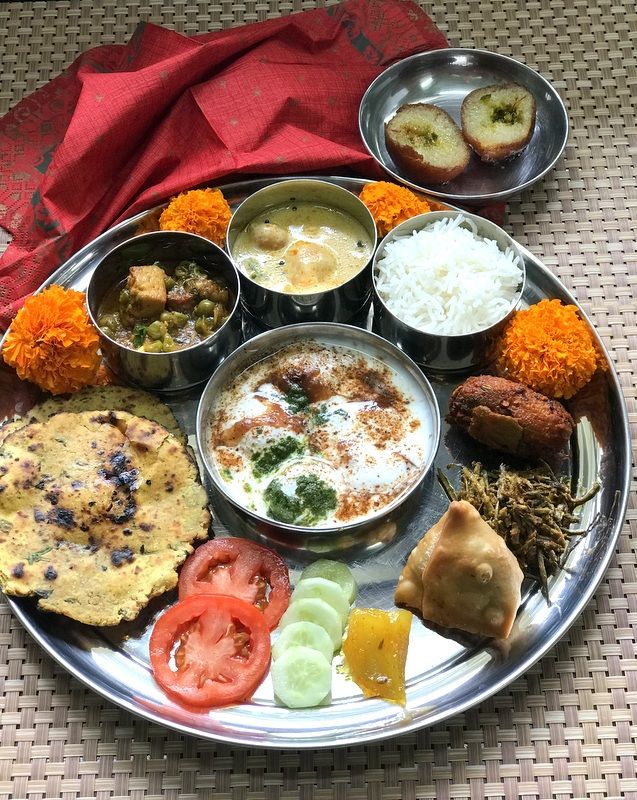
- Coconut - 20 g
- Ground cinnamon - 1 tsp.
- Butter - 450 g
- Chickpea flour - 400 g
- Ground nutmeg - 5 g
- Powdered sugar - 250 g
- Hazelnut (hazelnut) - 50 g
Kichri, khichari, kichiri, khichiri, kidachi are variants of the name of this dish made from long-grain rice and mung bean...
Ingredients
- Water - 800 ml
- Turmeric - 1 pinch
- Melted butter - 25 g
- Mash (mung beans) - 200 g
- Ground black pepper - 1 pinch
- Long grain rice - 200 g
- Salt - 1 tsp.
When switching to a vegetarian diet, you may encounter the fact that the usual everyday foods, for example, ...
Ingredients
- Turmeric - 5 g
- Melted butter - 20 g
- Tomatoes - 2 pcs.
- Cream - 75 ml
- Black Himalayan salt - 3 g
- Adyghe cheese - 250 g
Papaya is a wonderful exotic fruit that I had a chance to try for the first time in Thailand.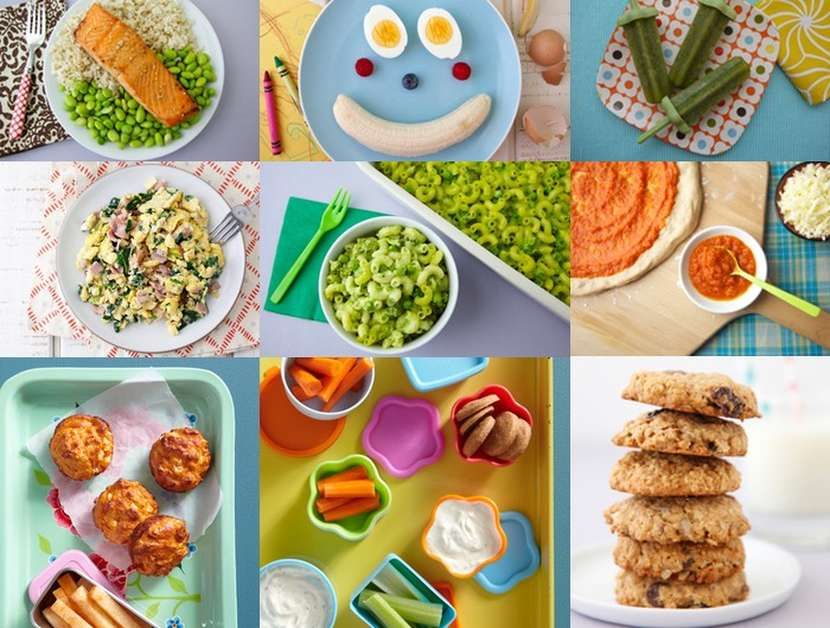 It is incredibly useful for...
It is incredibly useful for...
Ingredients
- Curry - 4 tsp.
- Chicken breast - 2 pcs.
- Onion - 1 pc.
- Extra Virgin Olive Oil - 3 tbsp. l.
- Papaya - 200 g
- Cayenne pepper - 3 pinches
- Salt - 2 tsp.
Sesame milk is an excellent source of calcium. It is best to eat sesame seeds raw, so it is preserved ...
Ingredients
- Water - 1 l
- White sesame - 100 g
- Honey - 1 tbsp. l.
In India, milk has a special relationship. They believe that milk should be consumed either before sunrise or after sunset. Afternoon...
Ingredients
- Cloves - 3 pcs.
- Dry ginger - 2 pinch
- Honey - 1 tsp
- Milk - 250 ml
- Ground nutmeg - 2 pinch
Halawa is a traditional Indian sweet that is similar to sweet crumbly pudding. It is prepared from cereals, vegetables,.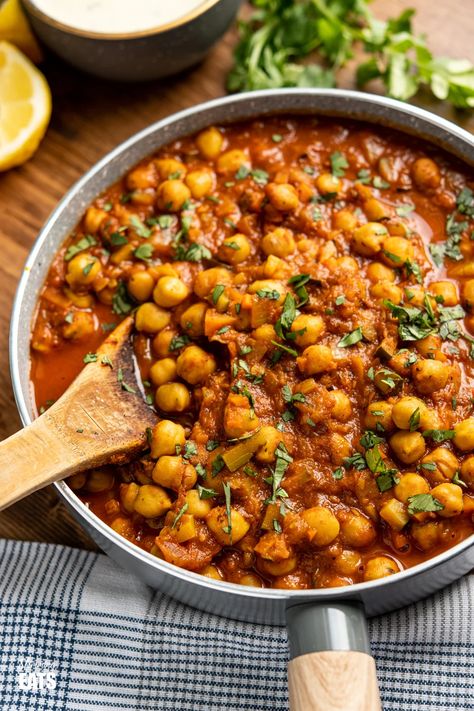 ..
..
Ingredients
- Light raisins - 40 g
- Cardamom - 2 pcs.
- Ground cinnamon - 4 g
- Semolina - 110 g
- Butter - 100 g
- Milk - 350 ml
- Ground nutmeg - 4 g
- Sugar - 150 g
- Hazelnut (hazelnut) - 40 g
Fresh homemade cheese is called paneer in Hindi, and pressed cottage cheese in Slavic countries. No other cheese can...
Ingredients
- Lemon - 1 pc.
- Milk - 1.5 l
Clarified butter, or ghee (ghee) in many eastern countries and beyond is rightfully considered "liquid gold". After all, it ...
Ingredients
- Butter - 1000 g
Chickpea flour is used in cooking in baking, in the preparation of sauces and sweets. Chickpeas have a unique...
Ingredients
- Water - 150 ml
- Zira (Cumin) dry - 0.3 tsp
- Turmeric - 0.
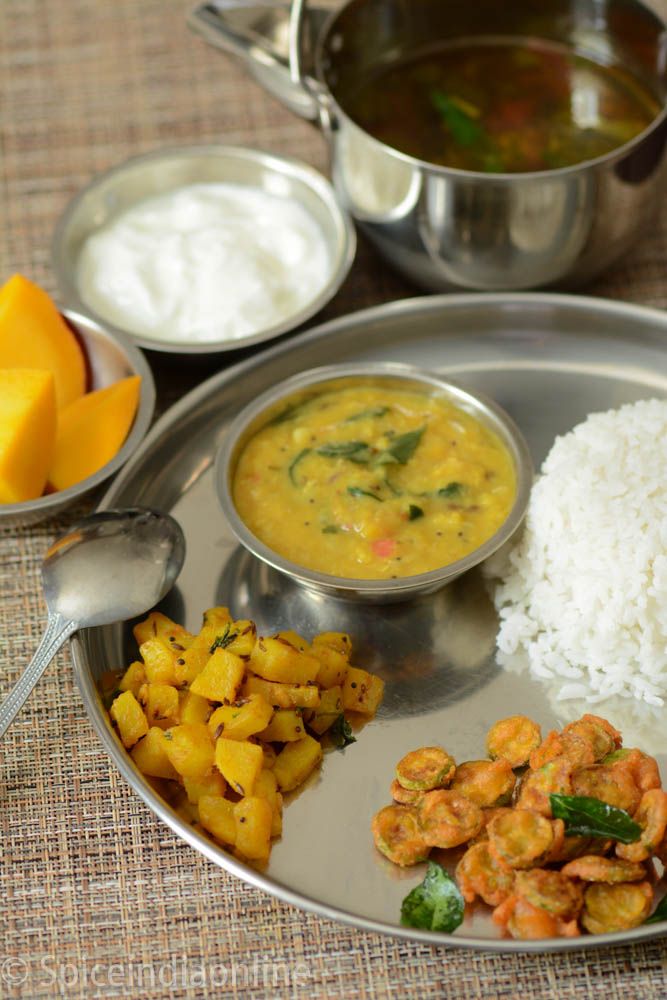 3 tsp
3 tsp - Melted butter - 50 g
- Chickpea flour - 200 g
- Wheat flour - 100 g
- Oregano dry - 0.3 tsp.
- Sea salt - 1 tsp.
- Dried ground garlic - 0.3 tsp.
Rice milk is an interesting dish. This milk is by far the most popular in the US and is available there...
Ingredients
- Water - 750 ml
- Round-grain rice - 50 g
- Brown sugar - 20 g
The cuisines of the world are very diverse and insanely interesting! They always surprise me with their exoticism, or vice versa unusual...
Ingredients
- Asafoetida - 0.5 tsp.
- Water - 0.5 tbsp.
- Zira (Cumin) ground - 0.5 tsp
- Fresh ginger - 1 tsp.
- Broccoli - 200 g
- Brussels sprouts - 200 g
- Curry - 0.25 tsp
- Potatoes - 3 pcs.
- Ground coriander - 0.5 tsp.
- Turmeric - 0.5 tsp
- Butter - 100 g
- Carrots - 1 pc.
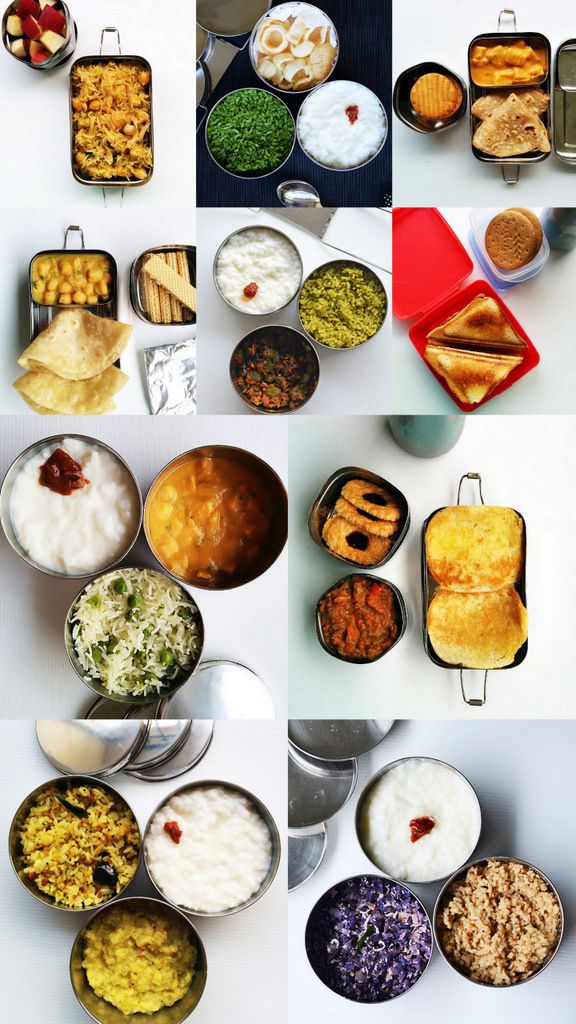
- Fenugreek (Shambhala) ground - 2 tsp.
- Paneer - 200 g
- Ground red pepper - 0.25 tsp.
- Ground black pepper - 0.25 tsp.
- Tomato juice - 200 ml
- Salt - 1 pinch
We have already cooked samosas with you, then they were deep-fried sweet, and today they will be baked with vegetables. Classic...
Ingredients
- Water - 100 ml
- Zira (Cumin) dry - 2 g
- Ground coriander - 5 g
- Melted butter - 100 g
- Mexican Vegetable Mix - 500g
- Wheat flour - 400 g
- Fresh parsley - 1 bunch
- Pepper mix - 3 g
- Soda - 5 g
- Salt - 2 tsp.
Recently, I have become interested in Indian cuisine. I fell into absolute delight from the amazing variety of different stews...
Ingredients
- Blue eggplant - 3 pcs.
- Fresh ginger - 1 tsp.
- Fresh cilantro - 50 g
- Turmeric - 1 tsp
- Dry curry sheet - 5 pcs.
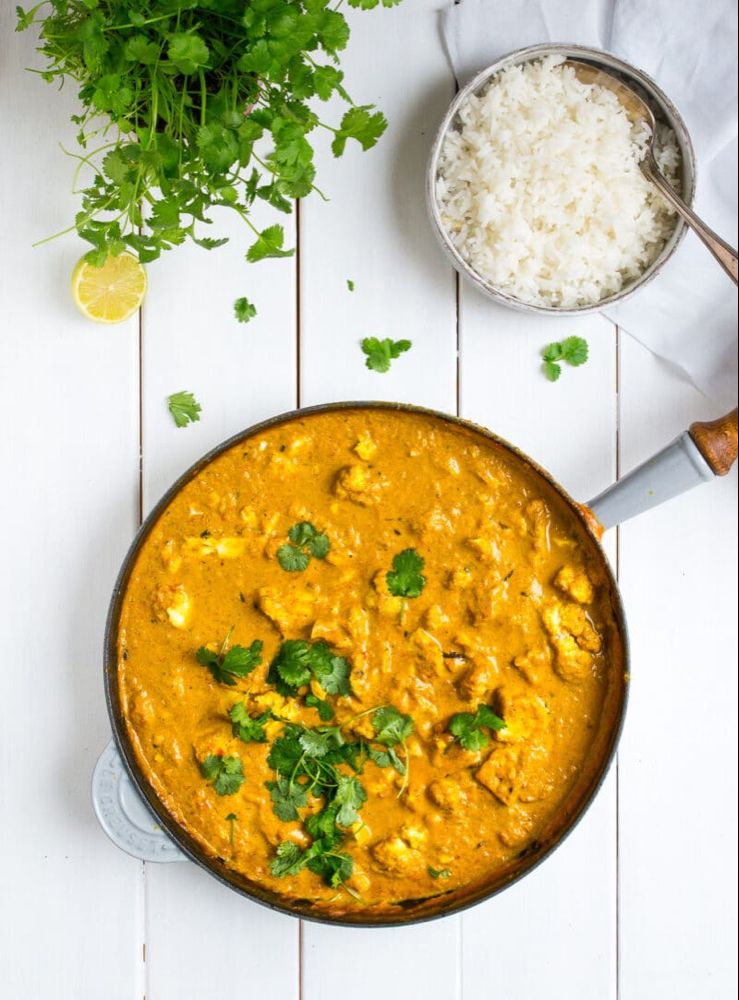
- Onion - 1 pc.
- Refined sunflower oil - 80 ml
- Carrots - 2 pcs.
- Sweet ground paprika - 1 tsp.
- Fresh chili pepper - 1 pc.
- Fresh parsley - 50 g
- Tomatoes in their own juice - 300 g
- Garam masala spices - 1 tsp.
- Garlic - 5 cloves
- Red lentils - 150 g
I have tried almost all of our cuisine, it's time to move on to something new. I would like to know a little about the cuisine of the peoples of the world ....
Ingredients
- Water - 170 ml
- Water - 250 ml
- Kefir - 1 tbsp. l.
- Semolina - 0.75 tbsp. l.
- Refined sunflower oil - 200 ml
- Wheat flour - 150 g
- Sugar - 500 g
- Soda - 0.25 tsp
- Imeretian saffron - 0.1 g
Kheer is a sweet rice pudding. The dish is a fragrant strongly boiled rice porridge. Kheer is very popular in.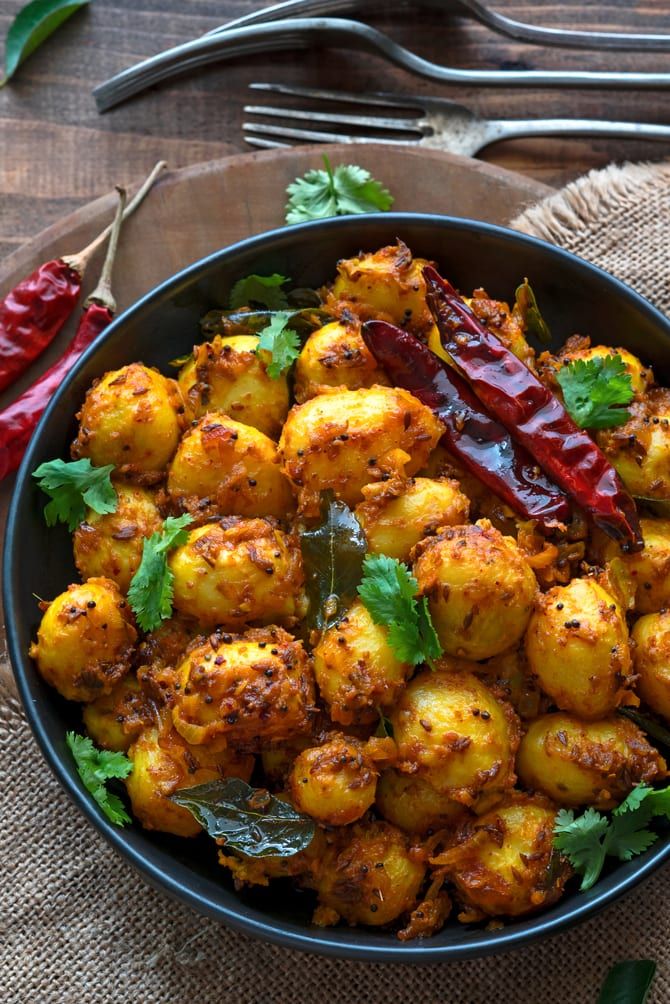 ..
..
Ingredients
- Light raisins - 15 g
- Cardamom - 4 pcs.
- Milk - 5 tbsp.
- Walnuts - 1 tbsp. l.
- Round-grain rice - 0.5 tbsp.
- Sugar - 8 tbsp. l.
These flatbreads are one of the varieties of Indian Naan flatbreads. In this case, they differ from the original by having...
Ingredients
- Water - 70 ml
- Dry yeast - 4 g
- Natural yogurt - 125 ml
- Extra Virgin Olive Oil - 3 tbsp. l.
- Wheat flour - 300 g
- Salt - 1 pinch
- Philadelphia cheese - 50 g
Parathas are thin Indian flatbreads made from unleavened dough prepared according to the puff principle. A long time ago I set my mind on...
Ingredients
- Water - 50 ml
- Melted butter - 150 g
- Milk - 100 ml
- Wheat flour - 125 g
- Whole wheat flour - 125 g
- Salt - 0.
 5 tsp.
5 tsp.
Today we have sweets from India. Halva in Indian cuisine is not only the set of products that we are accustomed to...
Ingredients
- Cardamom - 10 g
- Cardamom beans - 10 pcs.
- Khoi - 90 g
- Carrot - 500 g
- Ground nutmeg - 1 pinch
- Walnuts - 9 pcs.
- Sugar - 400 g
I rarely buy chicken wings. Many people love them, but it always seems to me that there is almost nothing there, only with bones ...
Ingredients
- Chicken wing - 700 g
- Turmeric - 0.5 tsp
- Breadcrumbs - 100 g
- Sweet ground paprika - 0.5 tsp.
- Mixture of peppers - 0.25 tsp.
- Sauce Narsharab - 2 tbsp. l.
- Soy sauce - 4 tbsp. l.
- Chicken eggs - 1 pc.
Lassi is a yogurt-based drink popular in India, Pakistan, Nepal, Sri Lanka, and Bangladesh. Lassi is...
Ingredients
- Bananas - 1 pc.
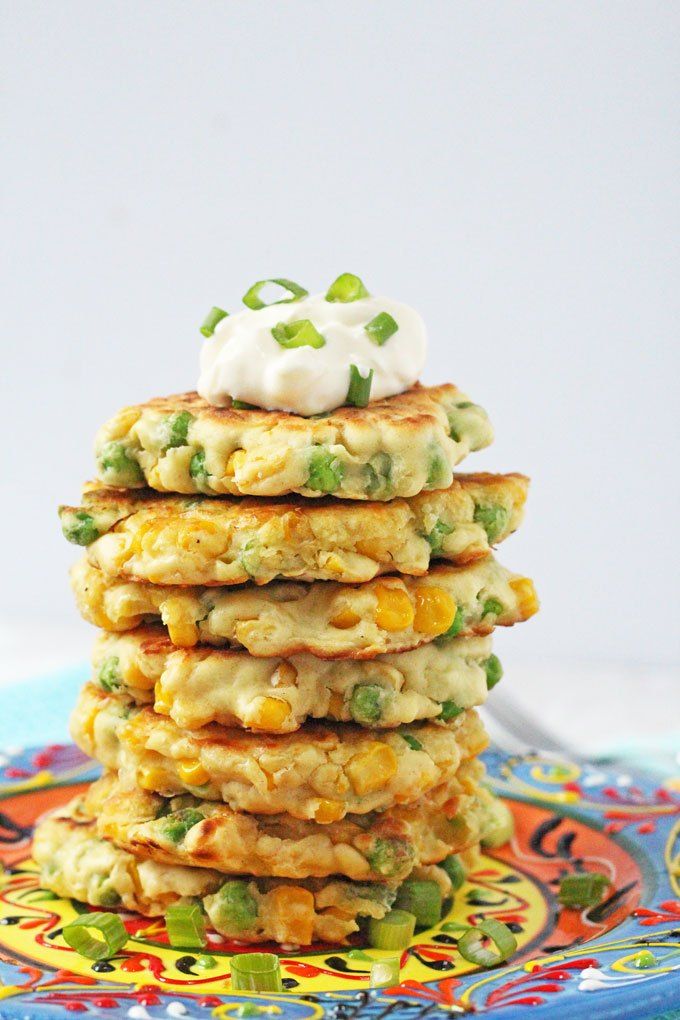
- Ice water - 50 ml
- Natural yoghurt - 125 ml
- Cardamom - 1 pinch
- Ice — 50 pcs.
- Honey - 1 tbsp. l.
- Ground nutmeg - 1 pinch
- Lemon juice - 1 tbsp. l.
- Lemon peel - 0.5 tsp.
Fish lovers will love this dish. The recipe is easy to prepare and can confidently become a regular guest...
Ingredients
- Water - 70 ml
- Seaweed nori - 2 pcs.
- Zira (Cumin) ground - 2 g
- Ground coriander - 2 g
- Turmeric - 2 g
- Extra Virgin Olive Oil - 50 ml
- Chickpea flour - 100 g
- Ground black pepper - 3 g
- Sea salt - 5 g
- Adyghe cheese - 200 g
I suggest trying to cook a very interesting biscuit. It does not include eggs. We are used to the fact that the composition of the biscuit contains...
Ingredients
- Natural yoghurt - 200 ml
- Refined sunflower oil - 100 ml
- Milk - 200 ml
- Wheat flour - 300 g
- Baking Powder - 3 tsp
- Sugar - 150 g
- Vanilla sugar - 20 g
Why royal? Because the variety of ingredients and taste is worthy of being offered even to a king.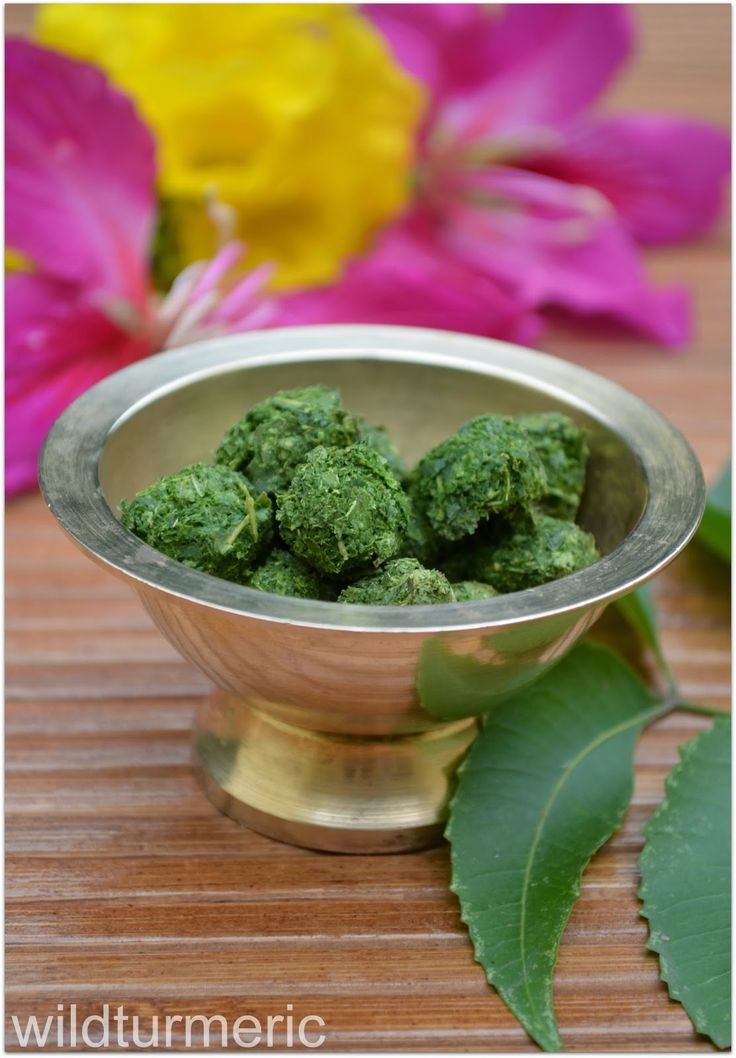 ...
...
Ingredients
- Asafoetida - 3 g
- Water - 500 ml
- Cauliflower - 400 g
- Curry - 5g
- Turmeric - 3 g
- Melted butter - 100 g
- Carrots - 1 pc.
- Chickpeas (chickpeas) - 200 g
- Fenugreek (Shambhala) seeds - 5 g
- Fresh parsley - 50 g
- Tomatoes - 2 pcs.
- Sugar - 4 g
- Cream 20% - 50 ml
- Salt - 1 tsp.
- Serum - 1000 ml
There are so many types of bread that every day you can cook this indispensable dish from simple ingredients and every time ...
Ingredients
- Water - 400 ml
- Melted butter - 50 g
- Wheat flour - 300 g
- Rye flour - 150 g
- Salt - 5 g
Pakora is an Indian appetizer cooked in batter. Pakoras can be prepared from almost any vegetable....
Ingredients
- Asafoetida - 0.3 tsp.

- Water - 200 ml
- Zira (Cumin) dry - 2 tsp
- Ground coriander - 2 tsp.
- Ground cinnamon - 1 tsp.
- Turmeric - 1 tsp
- Refined sunflower oil - 400 ml
- Chickpea flour - 150 g
- Dry chili pepper - 0.3 tsp.
- Baking Powder - 1 tsp
- Salt - 1 pinch
- Fresh pumpkin - 500 g
- Chicken eggs - 2 pcs.
Indian cuisine is delicious and aromatic. A very popular chicken curry with rice. I suggest you make a low carb...
Ingredients
- Chicken stock - 200ml
- Water - 100 ml
- Dry mustard seeds - 1 g
- Zira (Cumin) ground - 1 g
- Dry ginger - 1 g
- Greek yogurt - 100 g
- Cauliflower - 200 g
- Cardamom - 1 g
- Ground cinnamon - 1 g
- Turmeric - 1 g
- Onion - 20 g
- Butter - 30 g
- Dry chilli - 1 g
- Salt - 5 g
- Tomato paste - 10 g
- Chicken thigh fillet - 400 g
- Garlic - 5 g
I like that for sabjdi, as well as for stew, there is no strict recipe.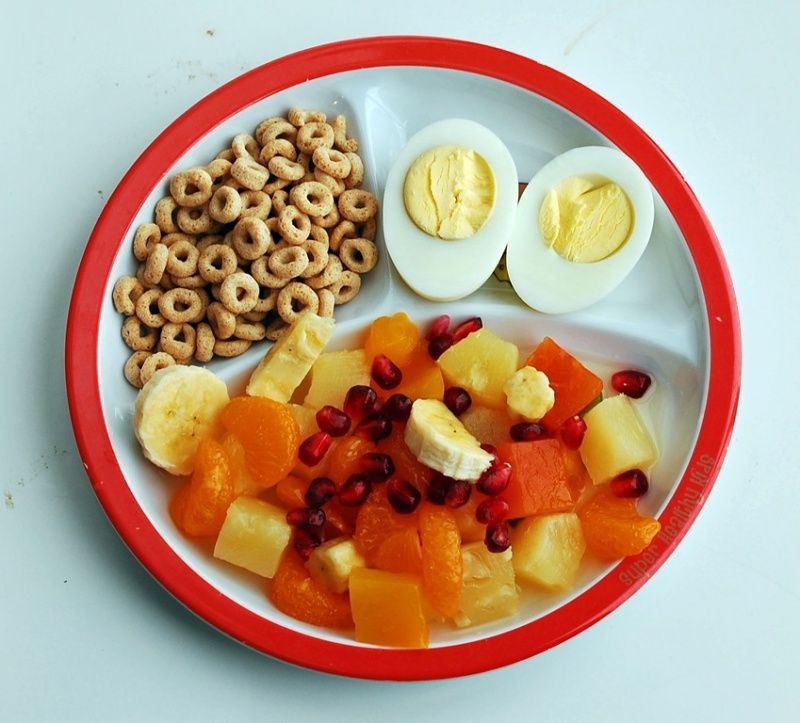 No need to measure grams and milliliters, track ...
No need to measure grams and milliliters, track ...
Ingredients
- Curry - 0.25 tsp.
- Potato - 500 g
- Turmeric - 0.25 tsp
- Corn oil - 2 tbsp. l.
- Melted butter - 30 g
- Ground black pepper - 0.25 tsp.
- Sour cream - 1 tbsp.
- Salt - 2 tsp.
- Adyghe cheese - 250 g
- Fresh pumpkin - 400 g
Today we are preparing an easy-to-cook open pie. The ingredients are the most common, but the result, I'm sure, is capable of...
Ingredients
- Vanillin - 5 g
- Kefir - 100 ml
- Butter - 200 g
- Wheat flour - 500 g
- Sugar - 150 g
- Condensed milk - 1 can
- Sour cream - 500 g
- Soda - 1 tsp
- Salt - 1 pinch
- Chicory - 15 g
The recipe for curry soup is presented in many cuisines of the world. Particularly popular in Asian and.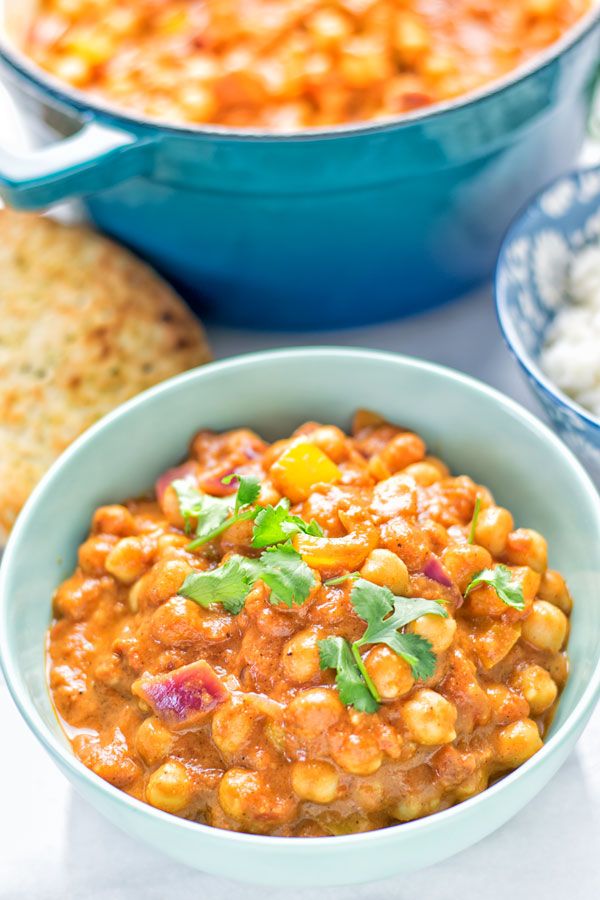 ..
..
Ingredients
- Sweet potato - 2 pcs.
- Fresh coriander - 5 g
- Chicken fillet - 300 g
- Onion - 1 pc.
- Refined sunflower oil - 1 tbsp. l.
- Butter - 40 g
- Cream 20% - 300 ml
- Salt - 1 tsp.
- Garlic - 2 cloves
Those who love spicy dishes should pay attention to Indian cuisine, which is characterized by the use of such...
Ingredients
- Dry ginger - 0.5 tsp.
- Turkey fillet - 600 g
- Curry - 2 tsp
- Onion - 1 pc.
- Refined sunflower oil - 4 tbsp. l.
- Carrots - 1 pc.
- Ground black pepper - 3 pinch
- Round-grain rice - 1.5 tbsp.
- Celery stalks - 3 pcs.
- Salt - 3 pinch
- Garlic - 3 cloves
I have always been attracted by the mysterious country of India, and although I am not a connoisseur of Indian cuisine, a few dishes that I . ..
..
Ingredients
- Dry basil - 1 tbsp. l.
- Extra Virgin Olive Oil - 2 tbsp. l.
- Chickpeas (chickpeas) - 1 tbsp
- Sweet pepper (Bulgarian) - 2 pcs.
- Ground black pepper - 1 g
- Fresh parsley - 0.5 bunch
- Tomatoes - 3 pcs.
- Coarse-crystalline salt - 1 tsp.
Literally, "masala chai" is translated as tea with spices. Masala is one of the traditional drinks of India, but like...
Ingredients
- Water - 0.5 tbsp.
- Dry ginger - 0.5 tsp.
- Cardamom - 4 pcs.
- Cinnamon sticks - 1 stick
- Milk - 1 tbsp.
- Black peppercorns - 5 pcs.
- Sugar - 2 tsp
- Black tea - 2 tbsp. l.
Chicken fillet in Indian style is very fragrant, tasty and hearty dish, it deserves to be on the festive table. When baking...
Ingredients
- Cloves - 2 pcs.
- Fresh ginger - 20 g
- Cardamom - 1 g
- Ground cinnamon - 1 pinch
- Chicken fillet - 800 g
- Butter - 40 g
- Honey - 2 tsp
- Sweet ground paprika – 1 pinch
- Ground black pepper - 1 pinch
- Sour cream - 150 g
- Salt - 2 pinch
This dish came to us from India, or rather from Punjabi.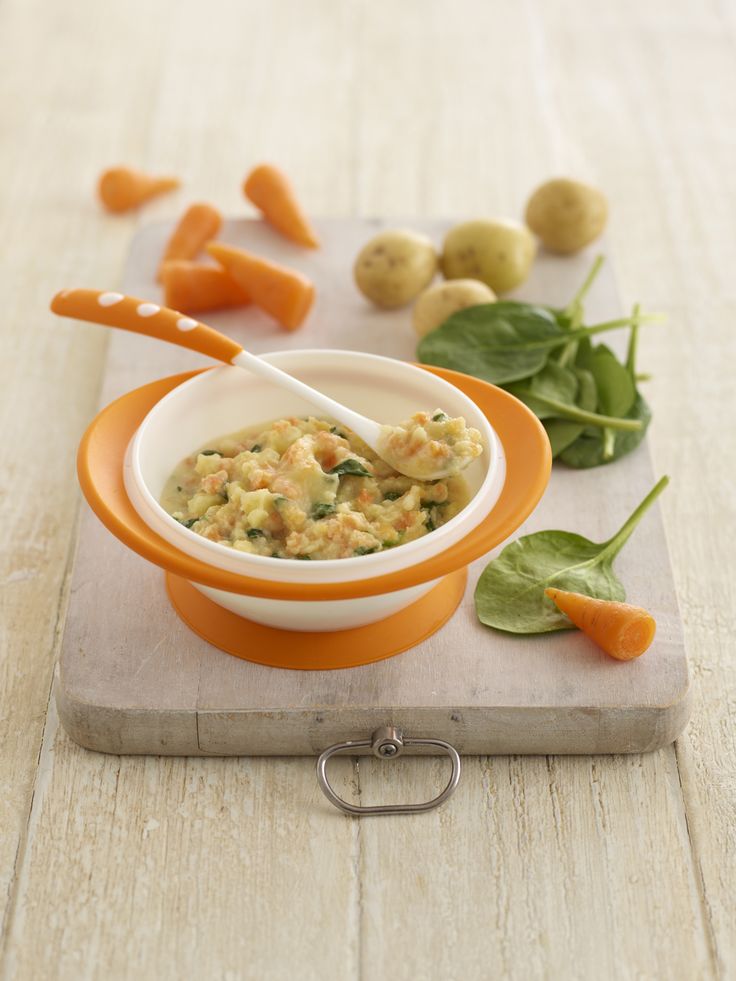 This dish got its name due to the method of preparation, its...
This dish got its name due to the method of preparation, its...
Ingredients
- Fresh ginger - 10 g
- Natural yoghurt - 200 ml
- Whole chicken - 1500 g
- Lemon - 1 pc.
- Extra Virgin Olive Oil - 30 ml
- Tandoori masala spices - 4 g
Lentils are one of the oldest plants cultivated by humans. It contains no fat, is rich in protein and is...
Ingredients
- Fresh Cilantro - 1 bunch
- Purple onion - 1 pc.
- Extra Virgin Olive Oil - 30 ml
- Carrots - 1 pc.
- Hot pepper - 1 pc.
- Sweet pepper (Bulgarian) - 2 pcs.
- Ground black pepper - 2 g
- Tomatoes - 3 pcs.
- Salt - 3 g
- Garlic - 2 cloves
- Red lentils - 200 g
I took the carrot halva recipe from the book “All About Fruits”, I added coconut flakes from myself. This halva can be prepared on...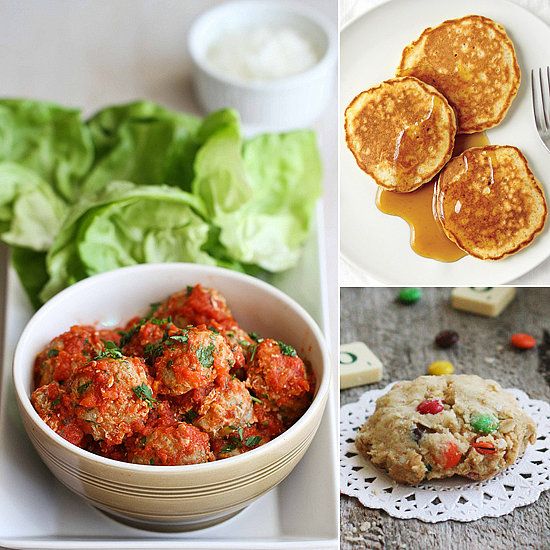
Ingredients
- Orange jam - 2 tbsp. l.
- Milk - 180 ml
- Carrot - 200 g
- Sugar - 100 g
The name Gulab Jamun has some kind of magic that attracted me. It turns out that this is an amazing dessert of Indian cuisine in...
Ingredients
- Water - 2 tbsp.
- Rose water - 3 tbsp. l.
- Cardamom - 0.33 tsp
- Butter - 2 tbsp. l.
- Milk - 100 ml
- Powdered milk - 150 g
- Wheat flour - 40 g
- Sugar - 2 tbsp.
- Soda - 0.25 tsp
- Lemon juice - 1 tbsp. l.
The recipe for lemon rice comes from South India. This dish has a delicious, refined taste. The perfect combination of lemon and...
Ingredients
- Water - 2 tbsp.
- Dry mustard seeds - 8 g
- Cashews - 40 g
- Coconut - 70 g
- Turmeric - 1 tsp
- Lemon - 1 pc.
- Melted butter - 20 g
- Fresh parsley - 1 bunch
- Long grain rice - 1 tbsp.
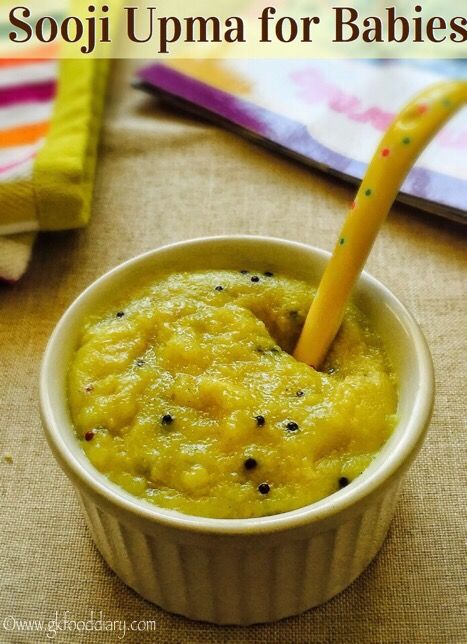
- Salt - 1 tsp.
Rice is the basis of oriental cuisine. It is very popular in China, Japan and India. But with us it is no less popular and familiar to us with ...
Ingredients
- Turmeric - 0.5 tsp.
- Lemon - 1 pc.
- Refined sunflower oil - 1 tbsp. l.
- Butter - 30 g
- Long grain rice - 1 tbsp.
- Salt - 1 to taste
In Hindi, the name Garam Masala is a two-part word - "garam" is translated as "hot", and "masala" is...
Ingredients
- Cloves - 10 g
- Dry mustard seeds - 2 tbsp. l.
- Dry ginger - 1 tbsp. l.
- Dry coriander - 2 tbsp. l.
- Cinnamon sticks - 1 stick
- Turmeric - 1 tbsp. l.
- Bay leaf - 1 pc.
- Tea rose petals - 20 g
- Nutmeg - 2 pcs.
- Allspice - 1 tsp.
- Hot pepper - 2 pcs.
- Black peppercorns - 1 tbsp. l.
- Celery mountain (lovage) seeds - 10 g
Vegetable food is the basis of the nutrition of the peoples of India. Rice, corn, peas, lentils and other legumes are an integral part of...
Rice, corn, peas, lentils and other legumes are an integral part of...
Ingredients
- Boiled water - 2 tbsp.
- Carnation - 6 pcs.
- Light raisins - 3 handful
- Cardamom - 1 tsp
- Cinnamon sticks - 2 sticks
- Melted butter - 60 g
- Almonds - 3 tbsp. l.
- Basmati Rice - 1 tbsp
- Brown sugar - 80 g
- Salt - 1 tsp.
- Saffron - 0.3 tsp
After visiting the Indian exhibition, I got the real spices and products of this country. Spicy dishes are not among...
Ingredients
- Water - 1 tbsp.
- Zira (Cumin) ground - 0.25 tsp
- Fresh ginger - 1 tsp.
- Fresh ginger - 0.5 tsp.
- Drinking yoghurt - 250 ml
- Chicken breast - 1 pc.
- Turmeric - 2 tsp
- Onion - 1 pc.
- Sweet ground paprika - 0.5 tsp.
- Fresh parsley - 5 g
- Basmati rice - 230 g
- Sugar - 1 tsp
- Cream - 100 ml
- Lemon juice - 1 tsp.
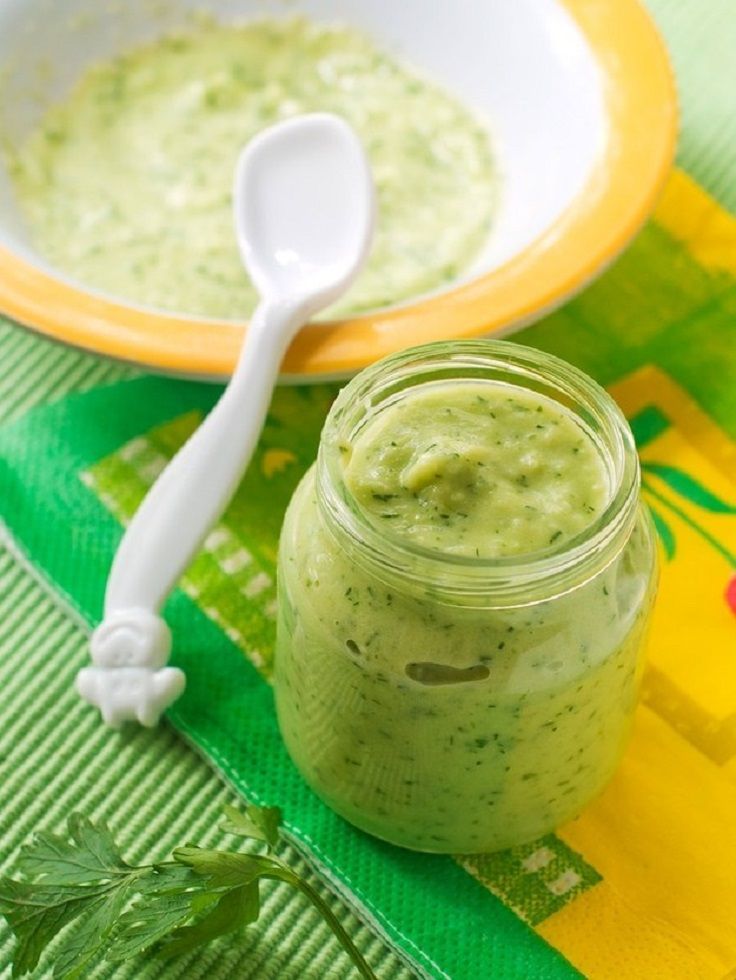
- Salt - 0.5 tsp.
- Salt - 0.5 tsp.
- Garam masala spices - 1 tsp.
- Tomato paste - 1 tbsp. l.
- Garlic - 3 cloves
Briyani, biryani or biryani is translated from Urdu as "fried". This dish has something in common with pilaf, but differs in that meat and...
Ingredients
- Peanuts - 50 g
- Small vermicelli - 150 g
- Frozen green peas - 50 g
- Zira (Cumin) ground - 1 pinch
- Curry - 1 pinch
- Potatoes - 3 pcs.
- Whole chicken - 1 kg
- Turmeric - 1 pinch
- Onion - 1 pc.
- Carrots - 1 pc.
- Ground black pepper - 1 pinch
- Basmati rice - 500 g
- Extra salt - 1 pinch
- Sumac (Sumac) - 1 pinch
In the spring time, in Lent, we often cook vegetable soups. I offer a very interesting version of a spicy soup with a hint of...
Ingredients
- Water - 800 ml
- Curry - 1 tsp
- Fresh cilantro - 3 branches
- Refined sunflower oil - 1 tbsp.
